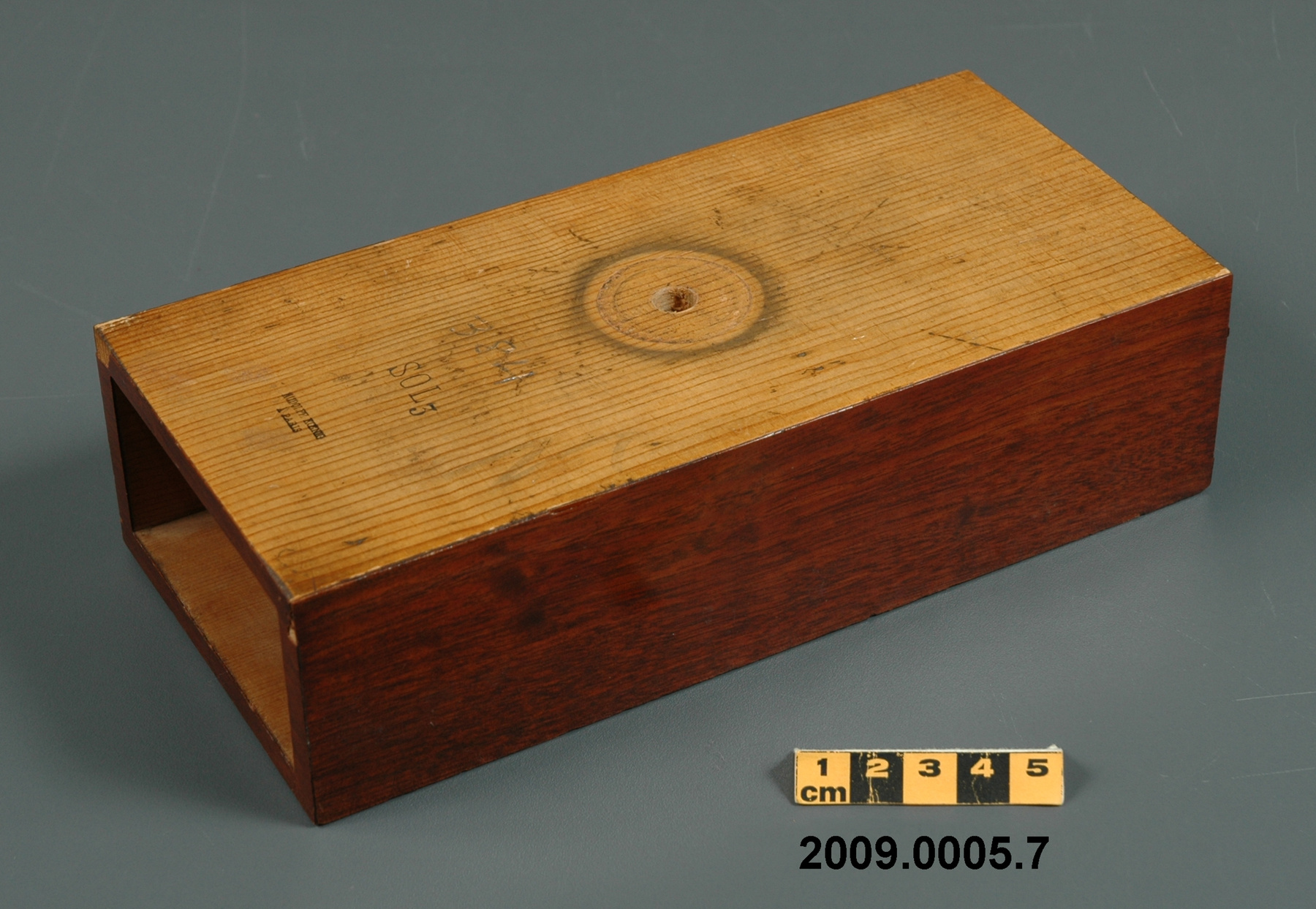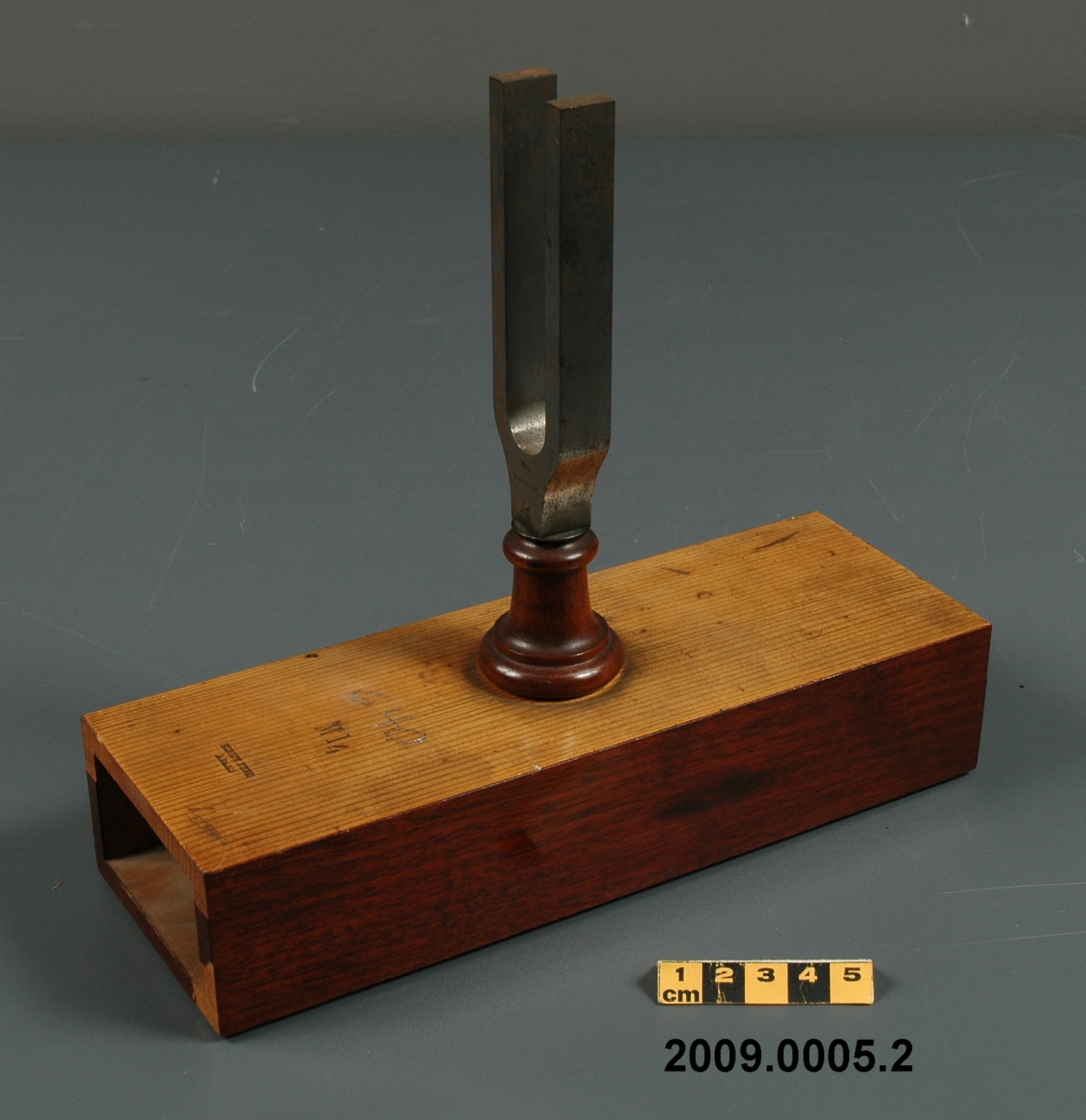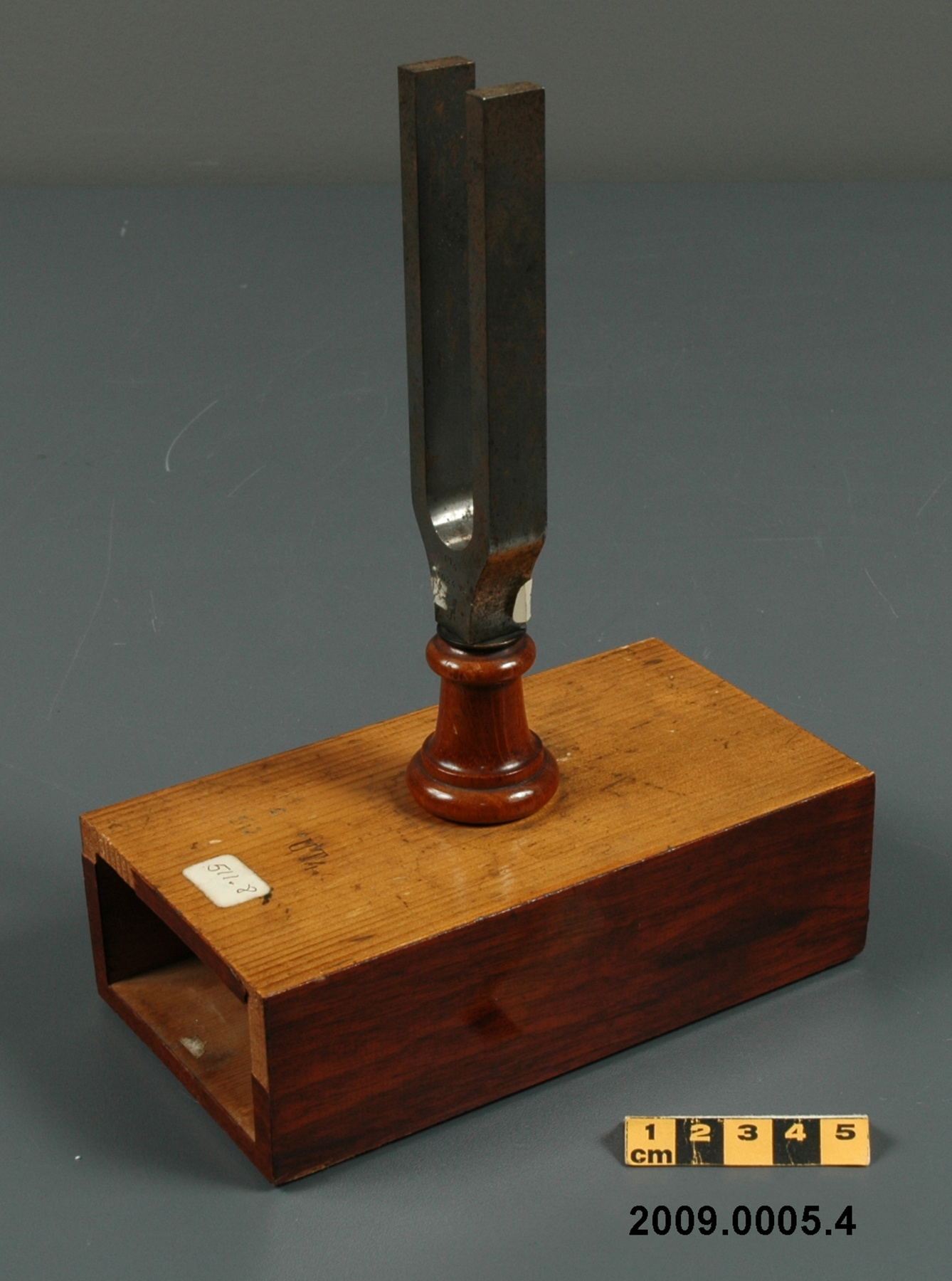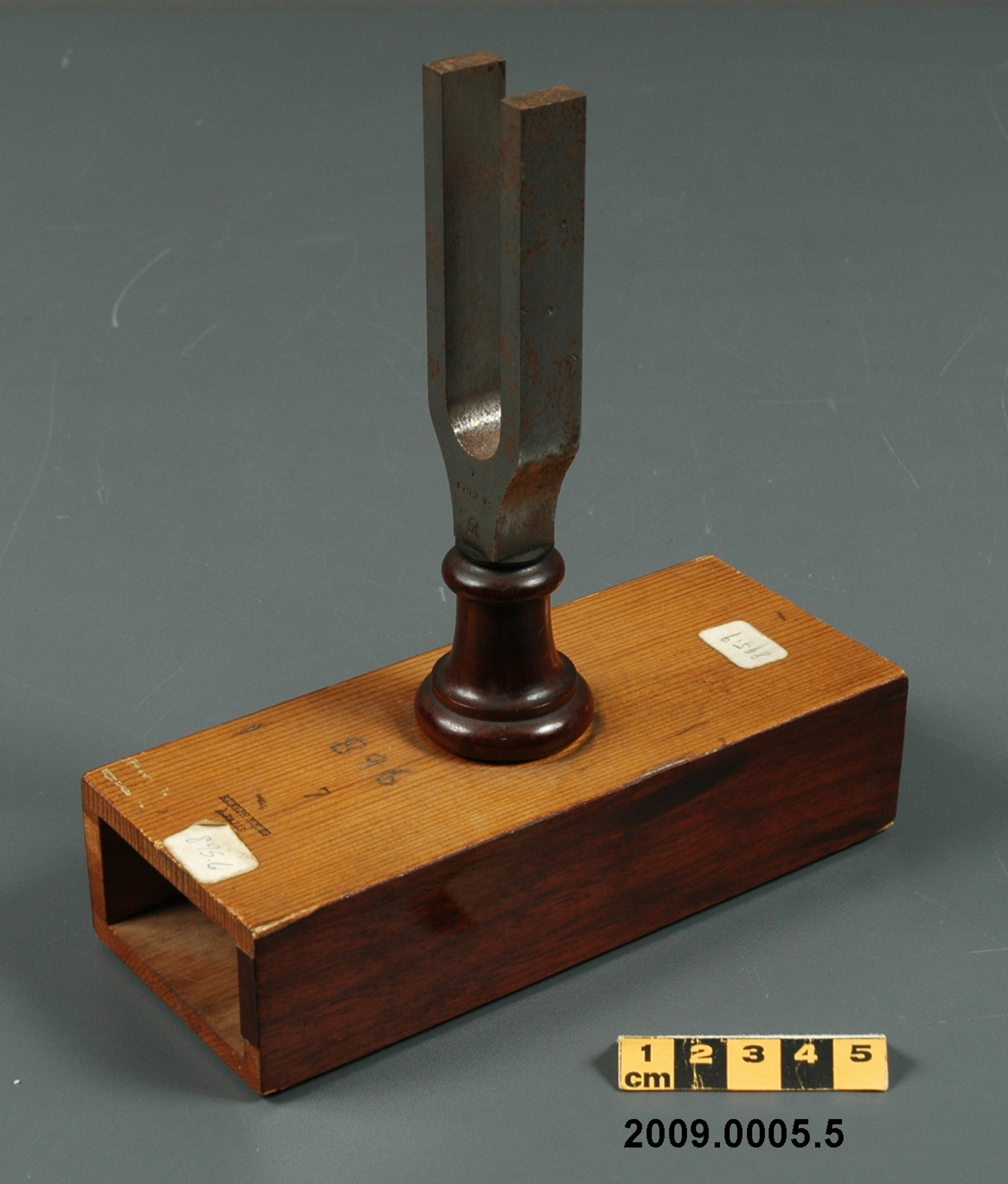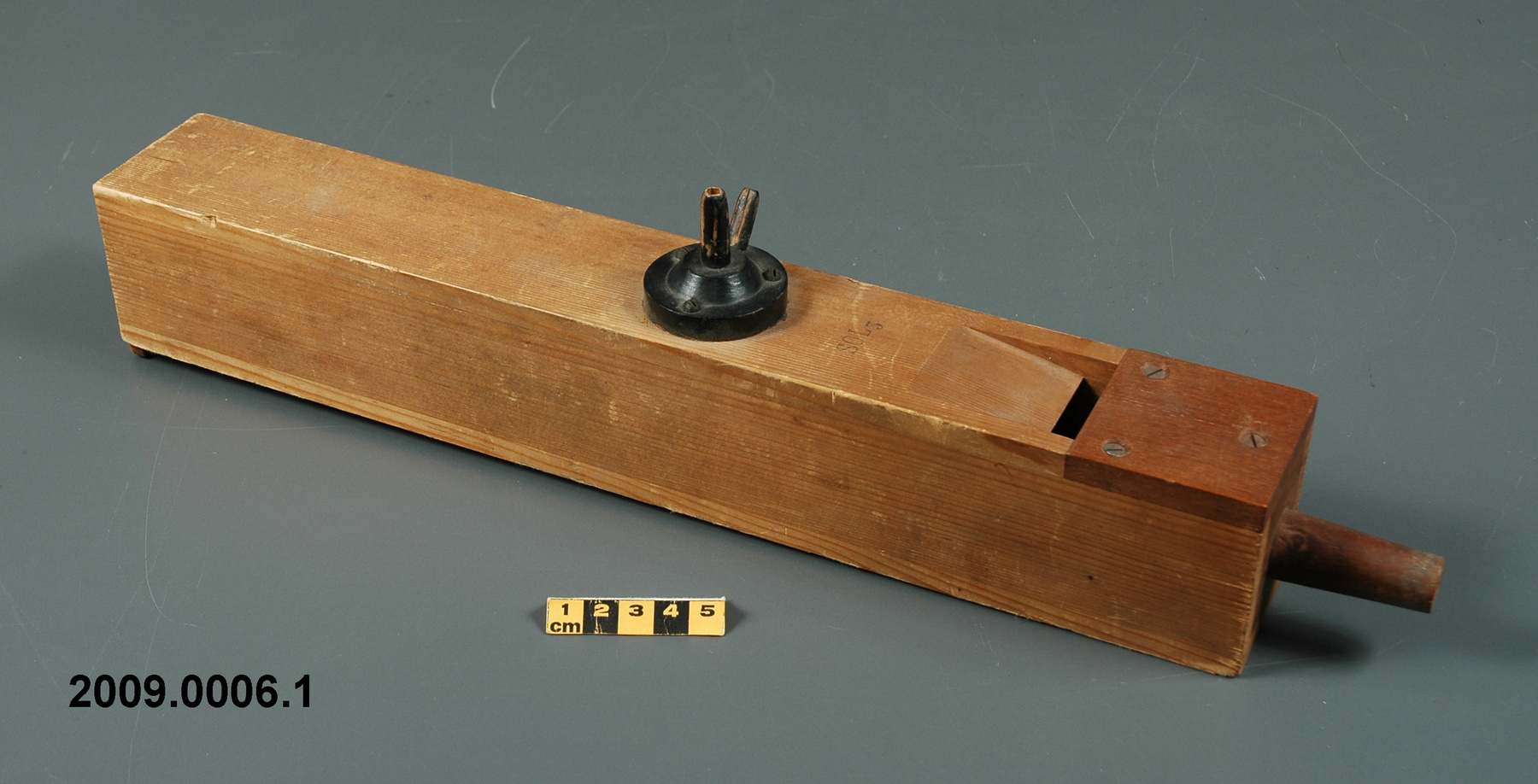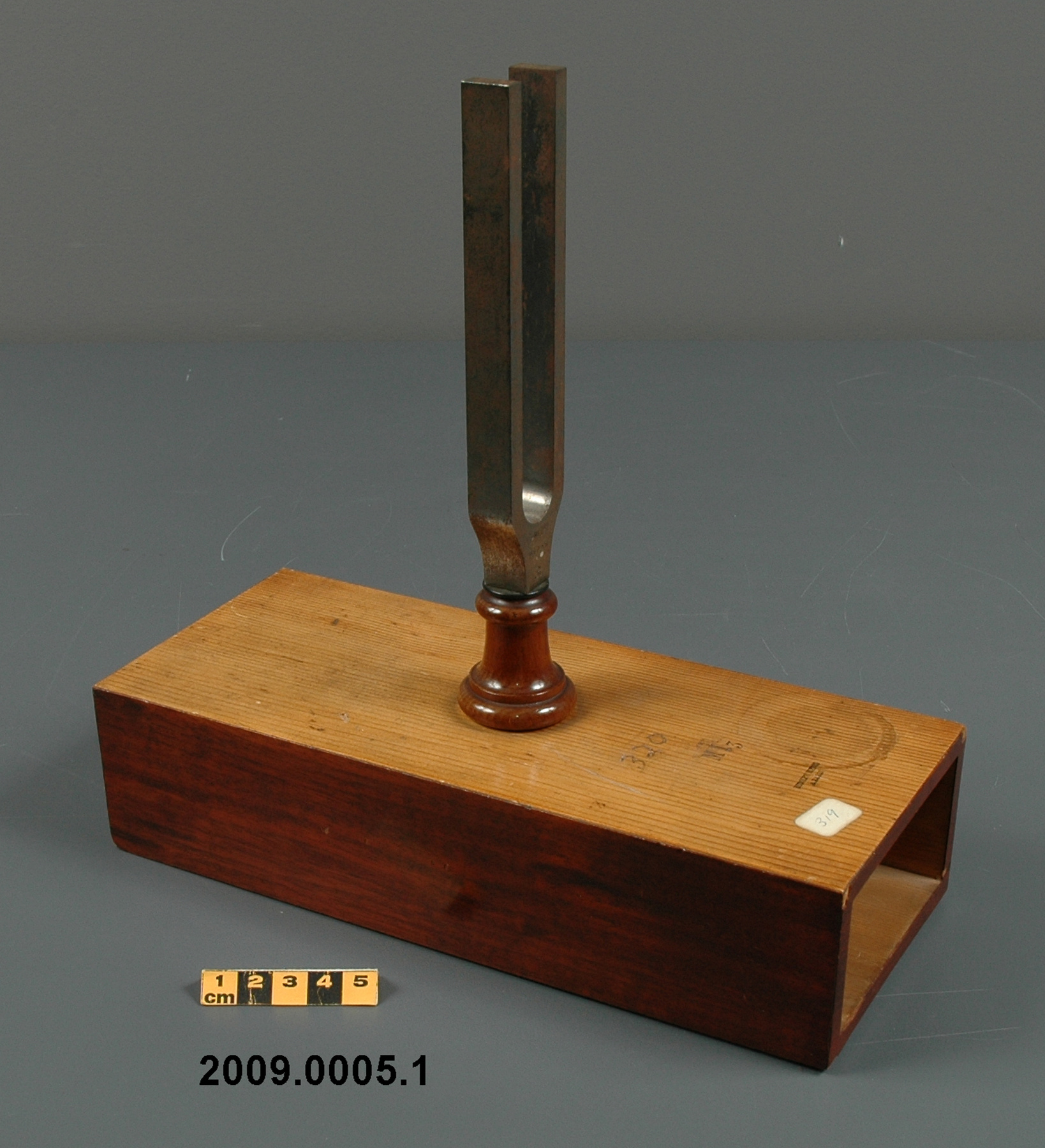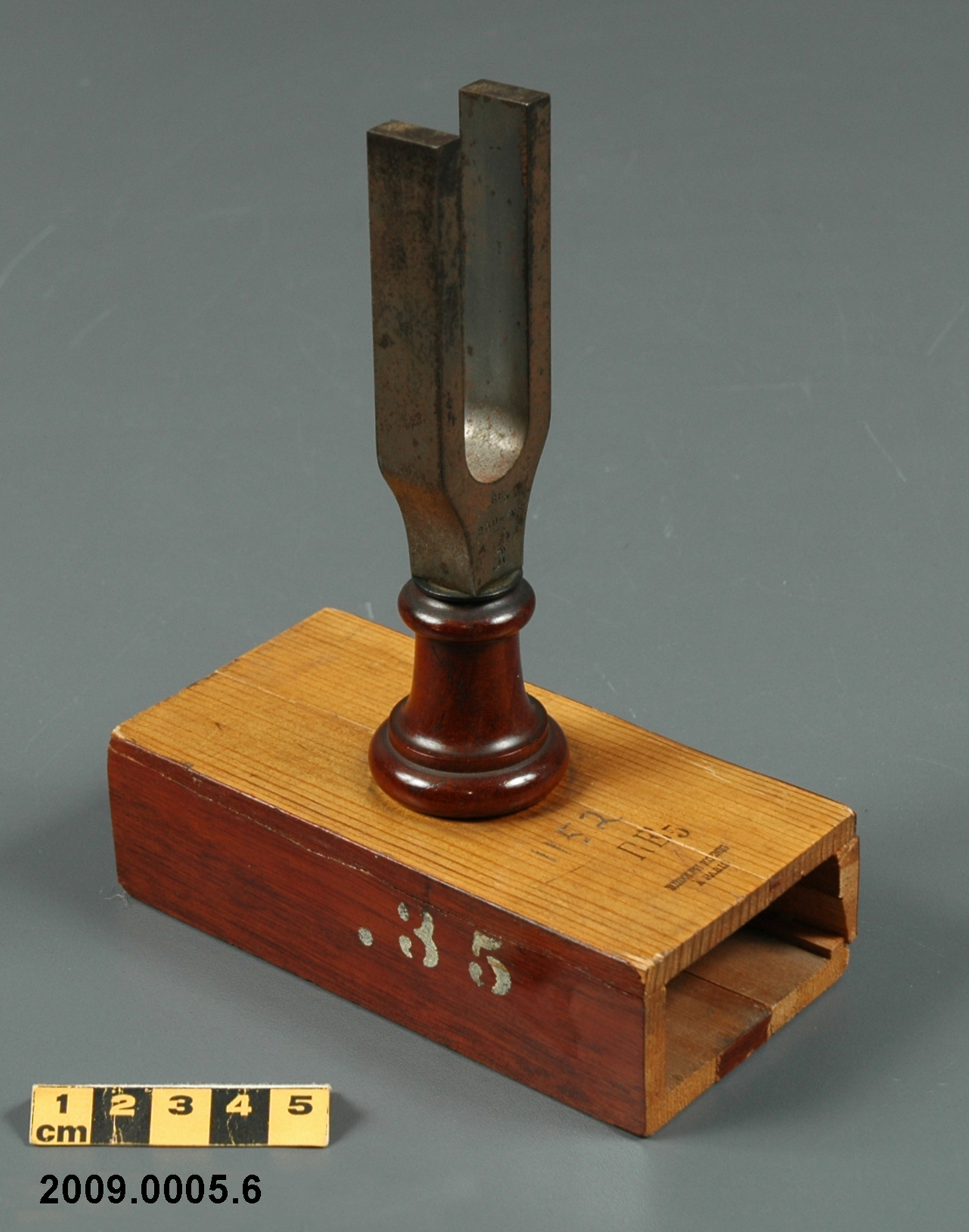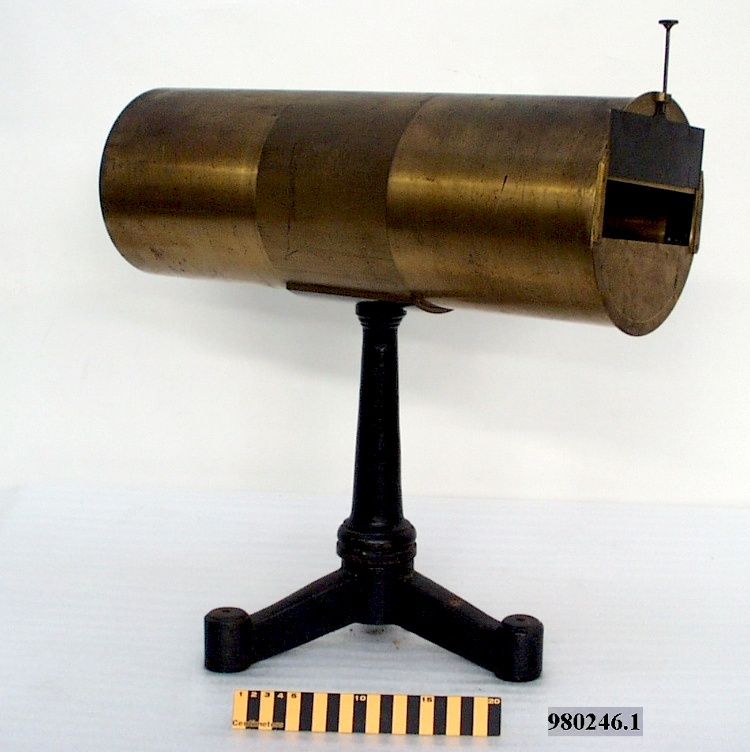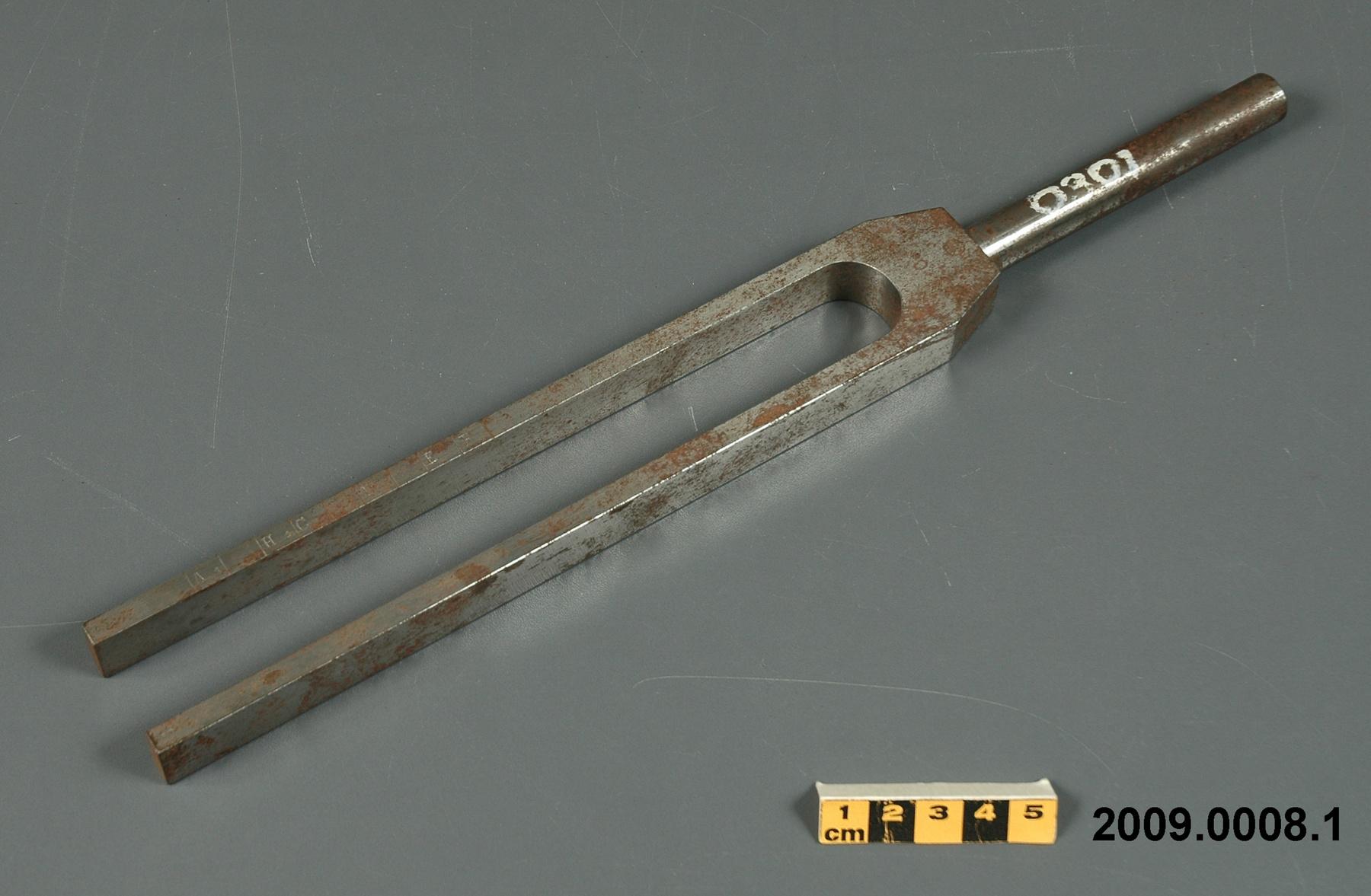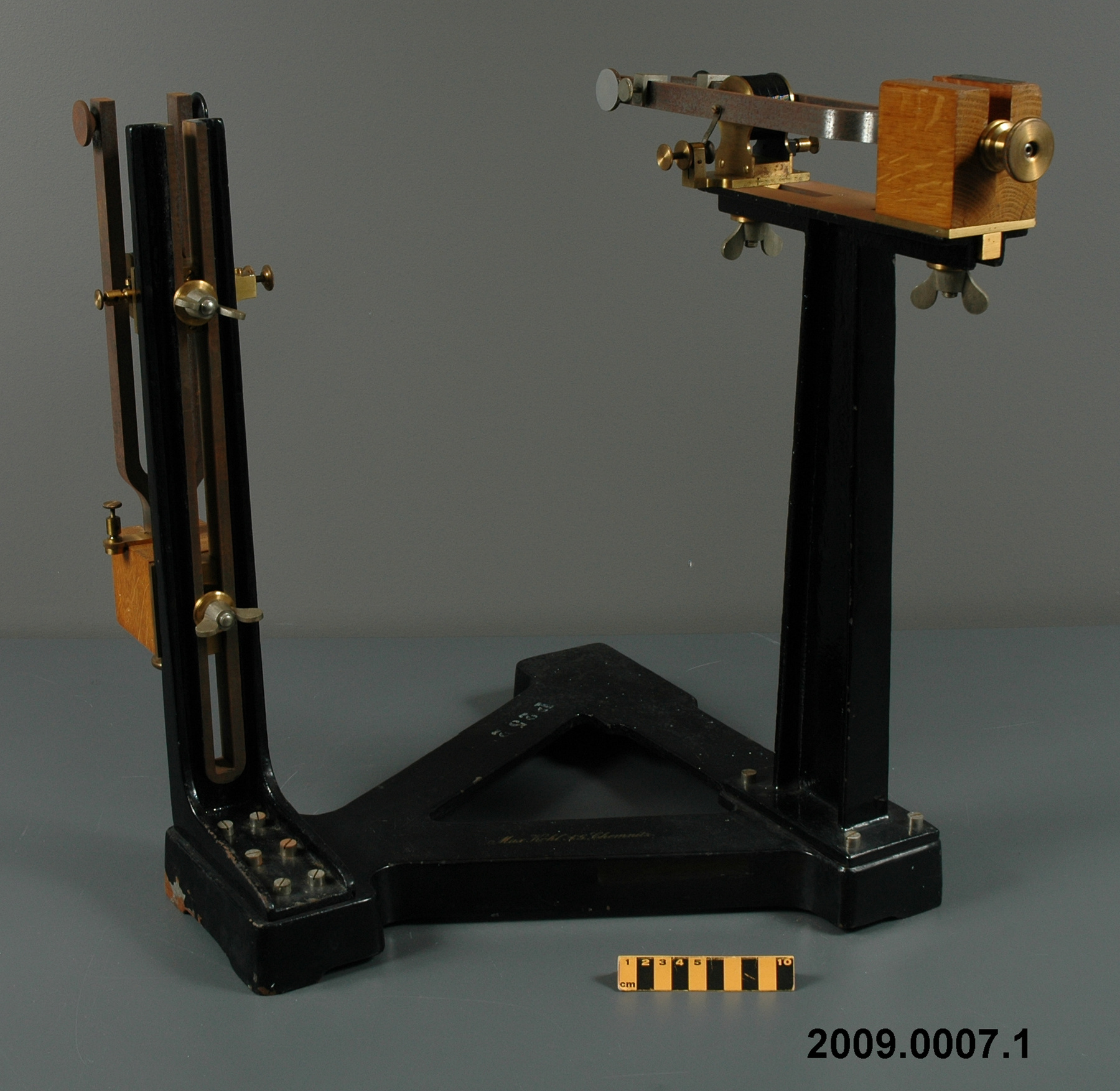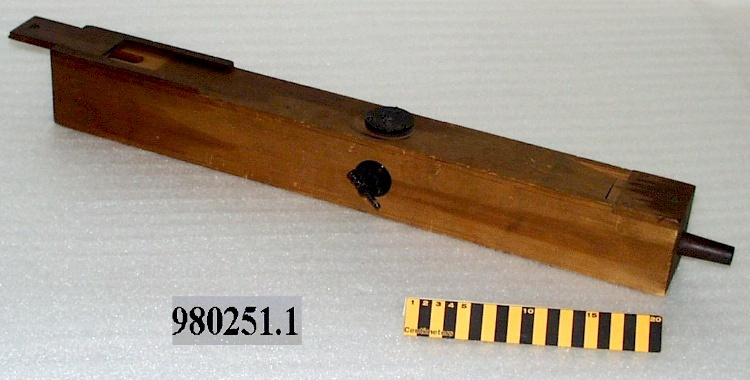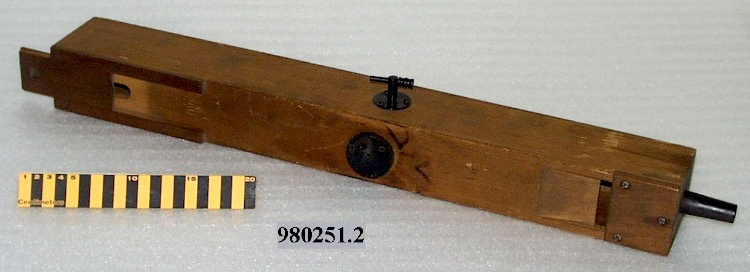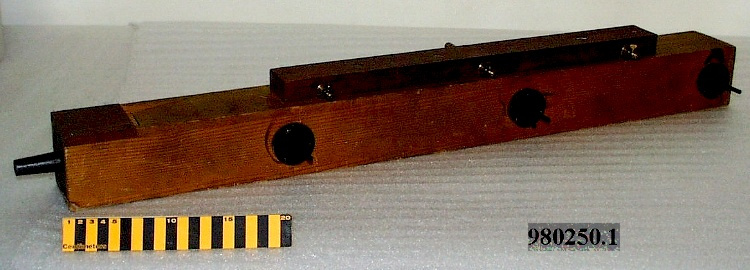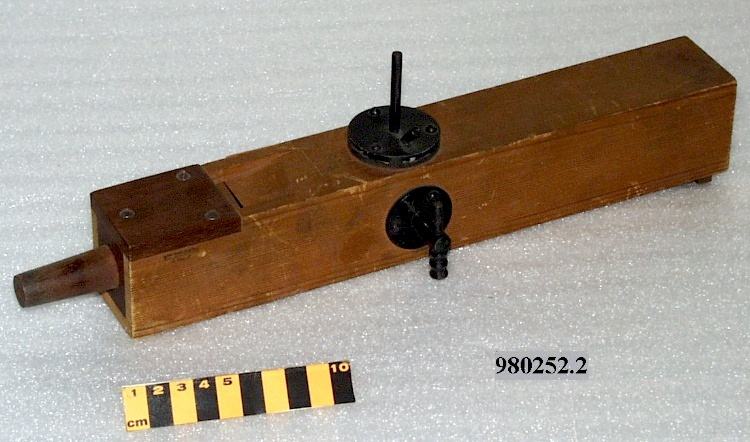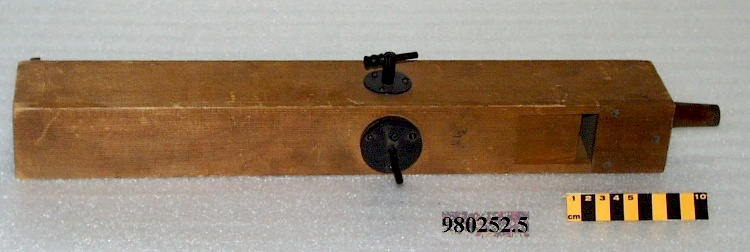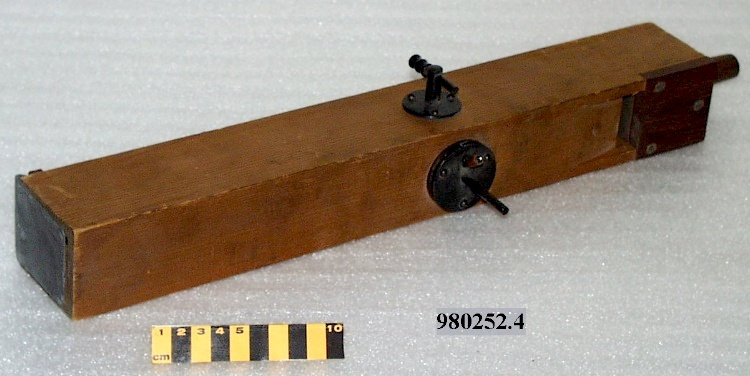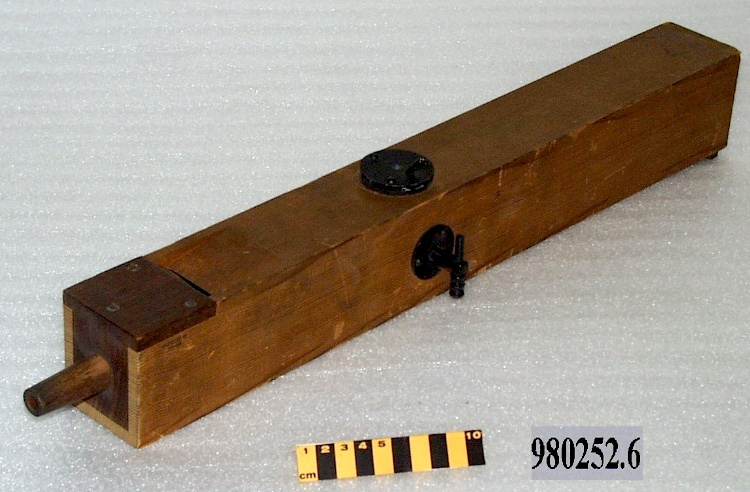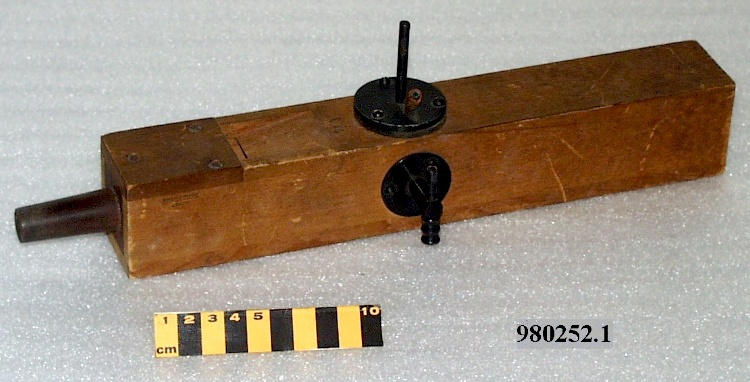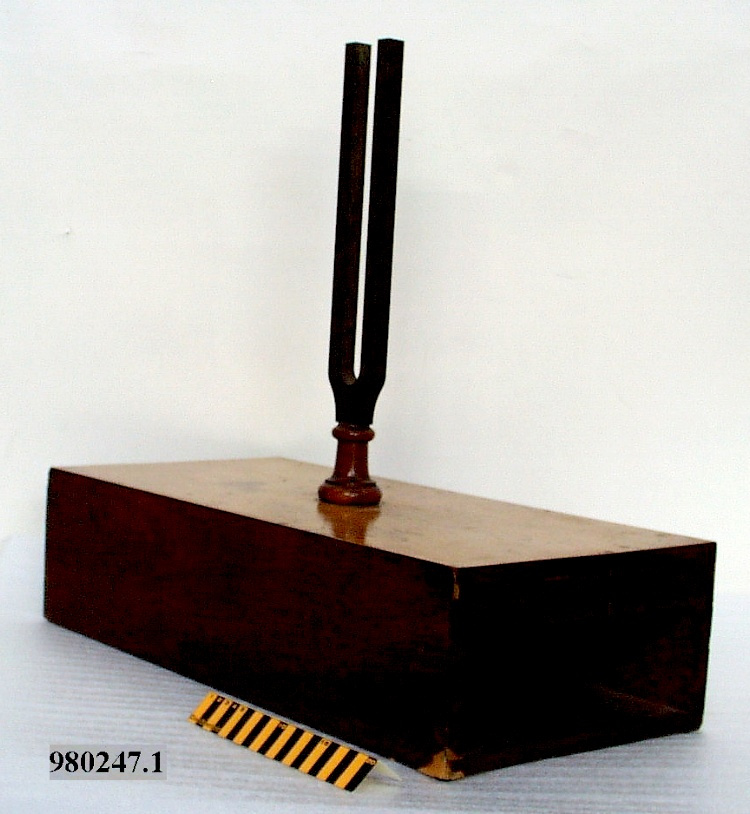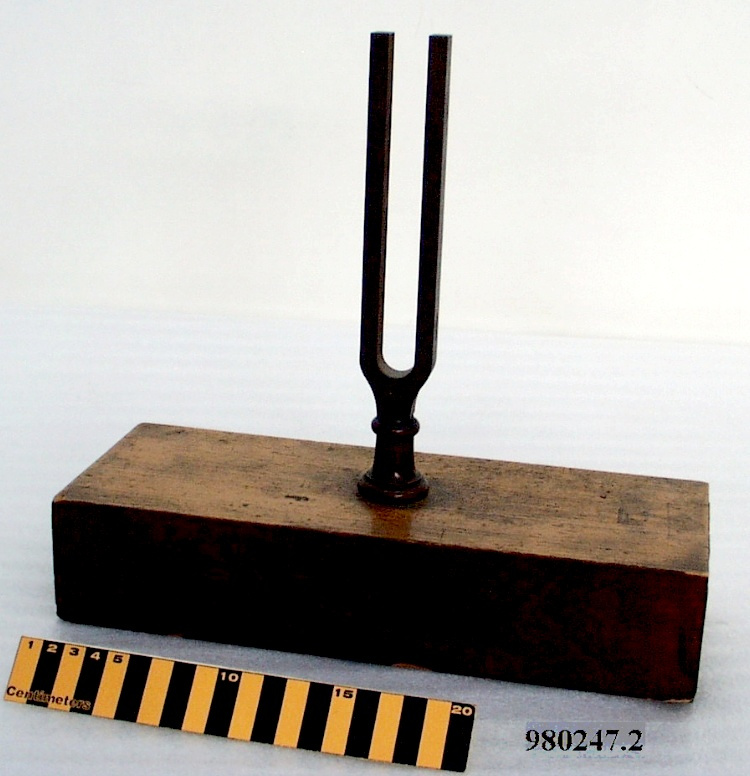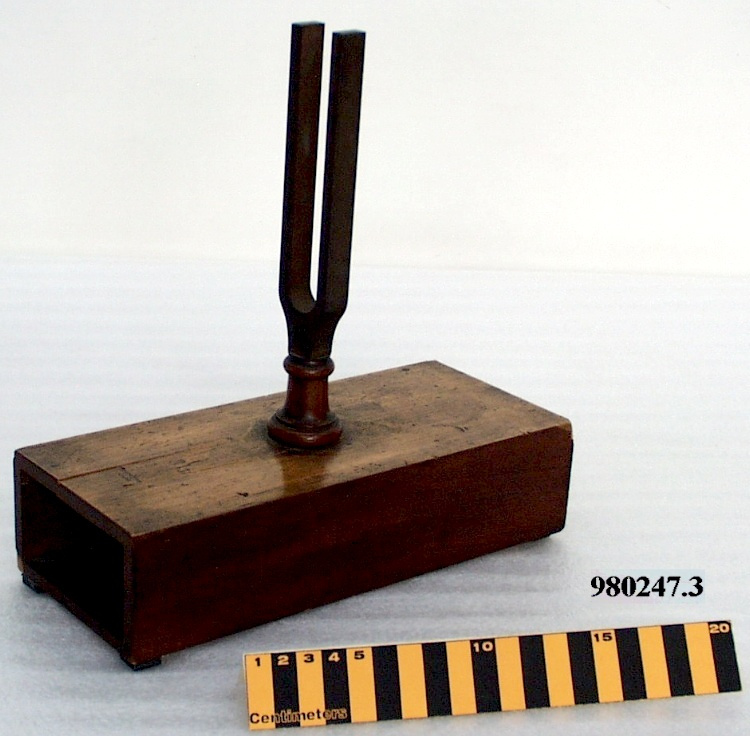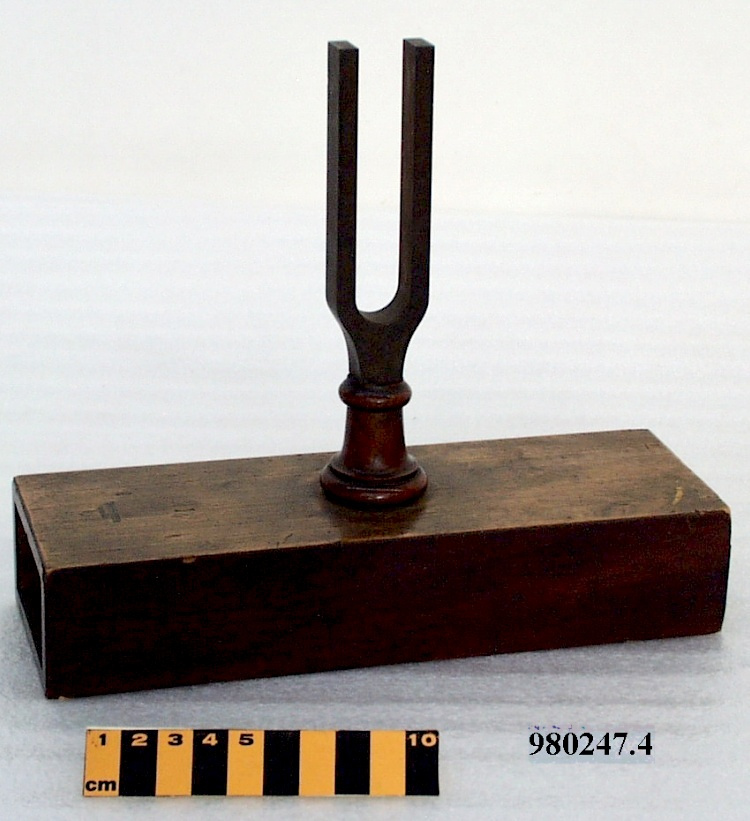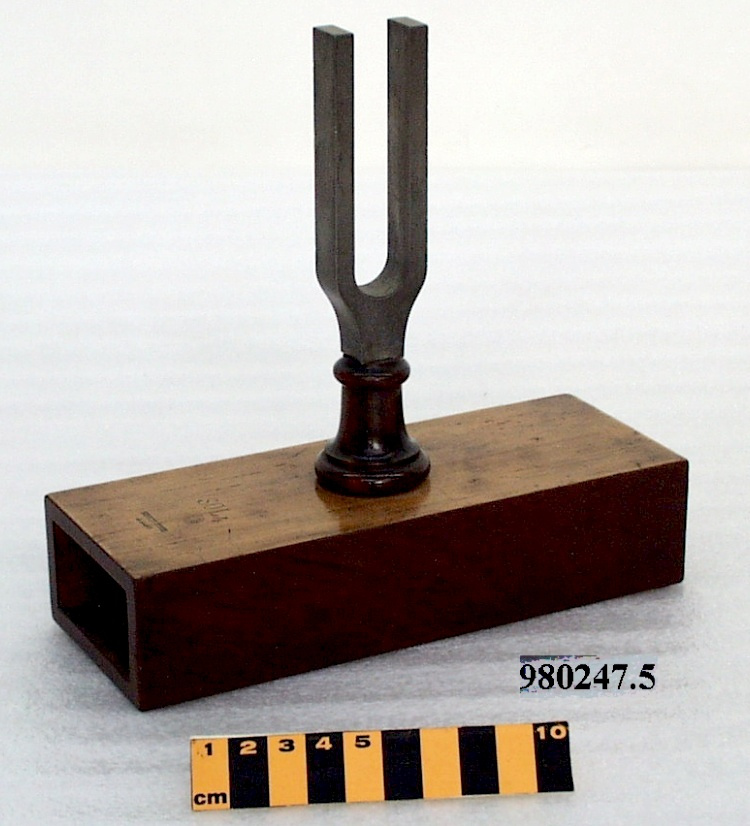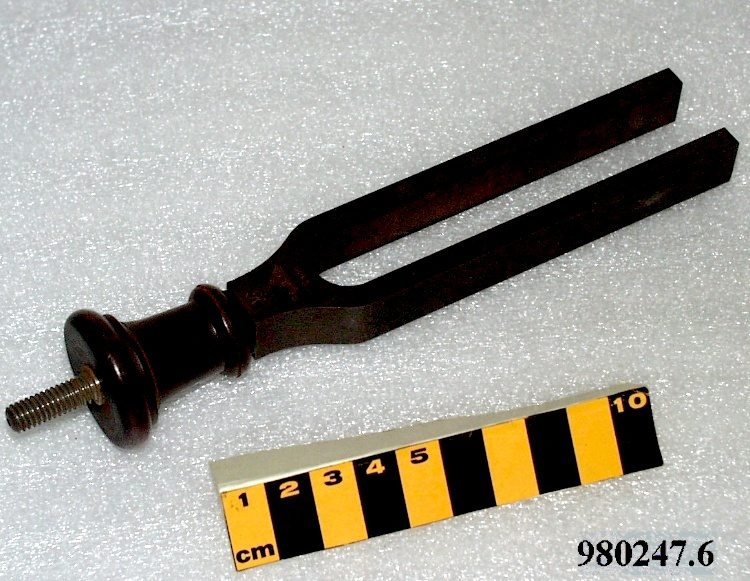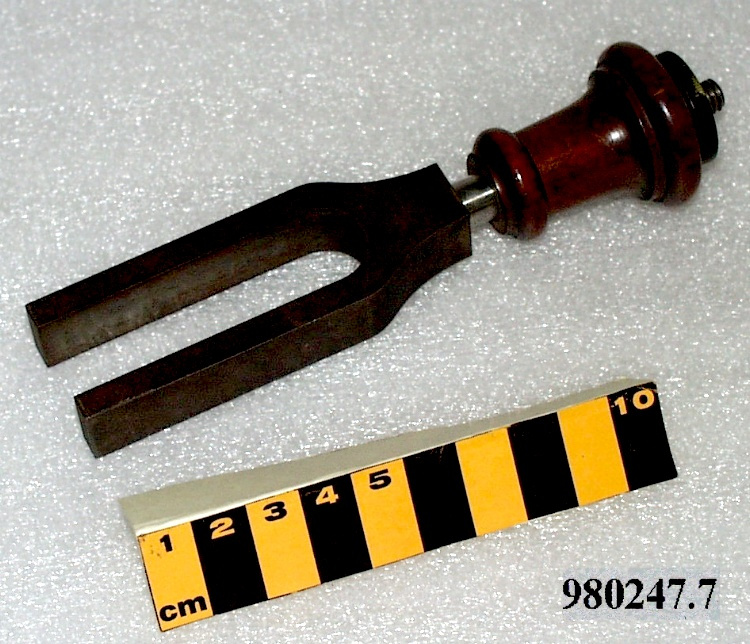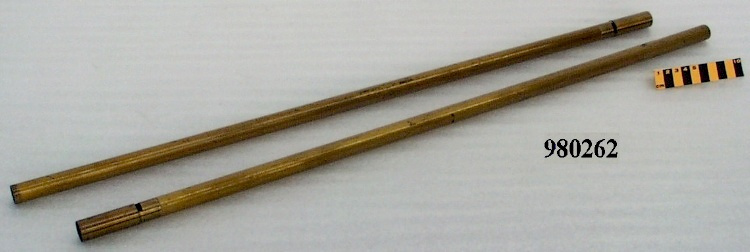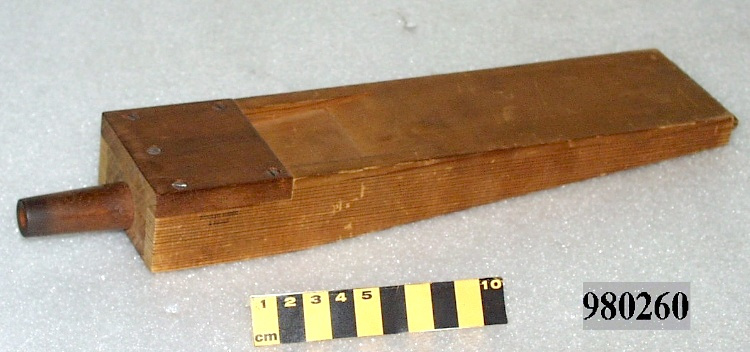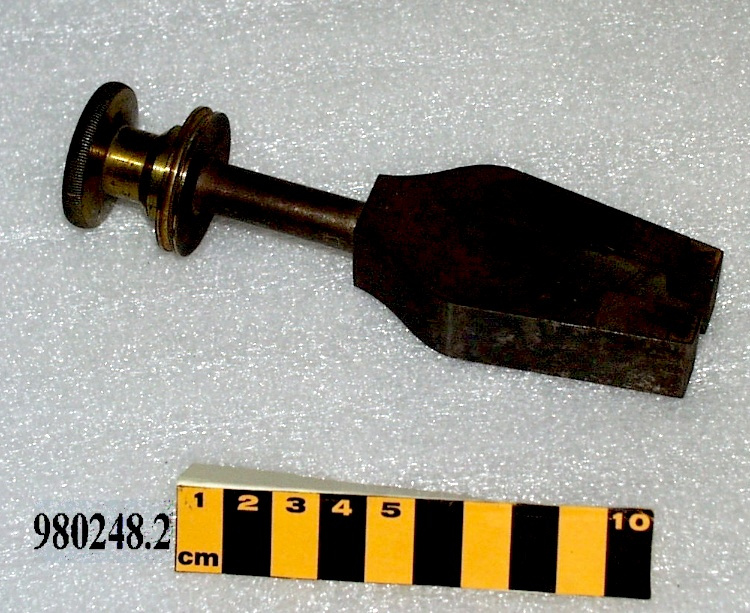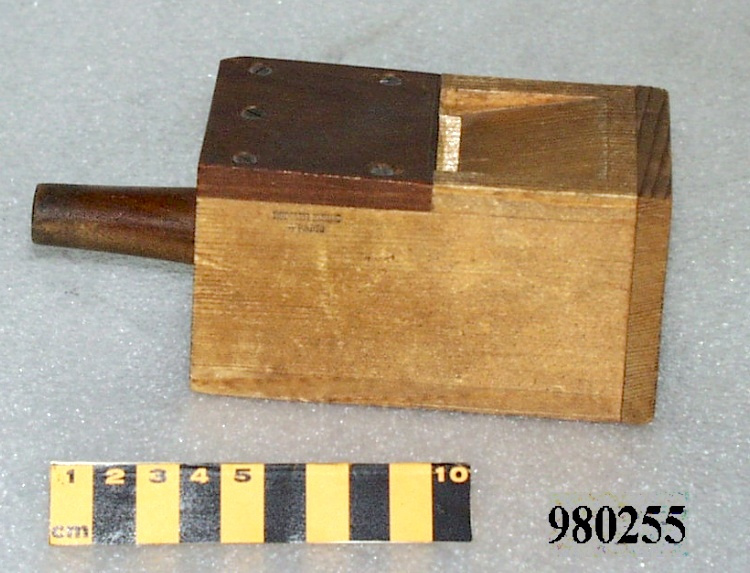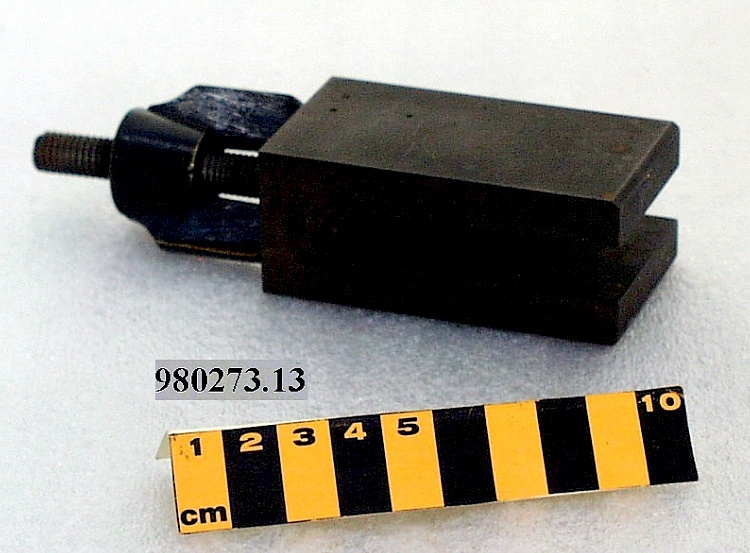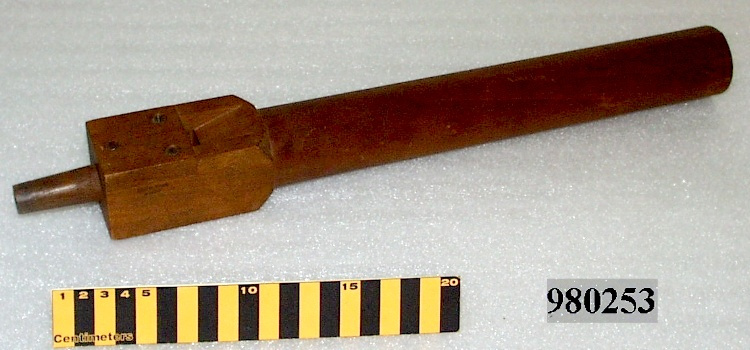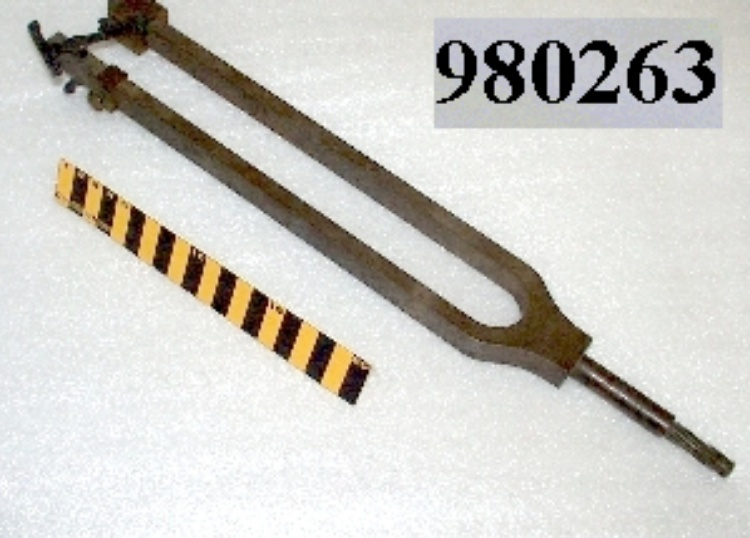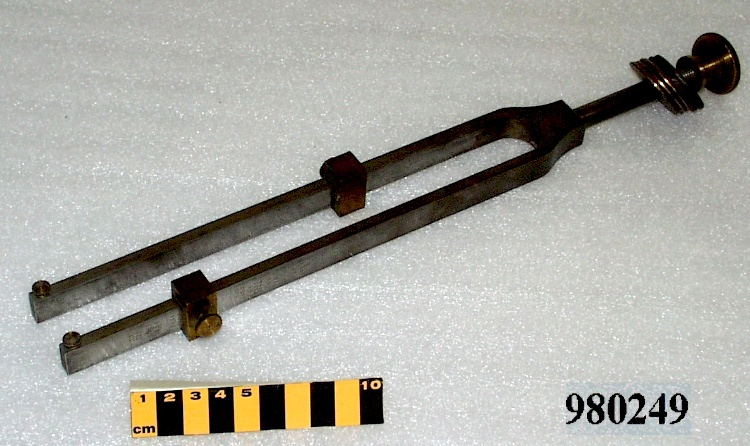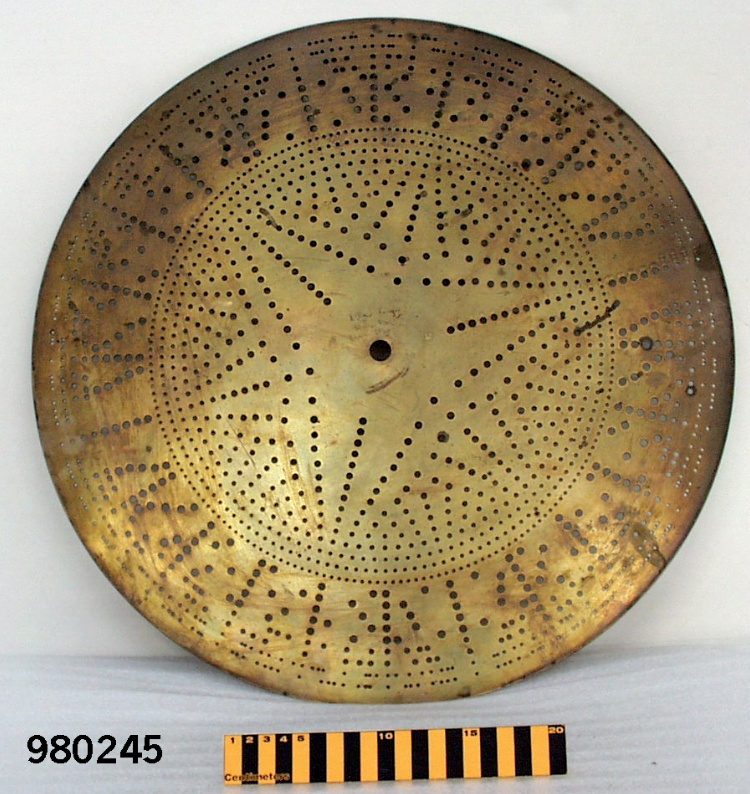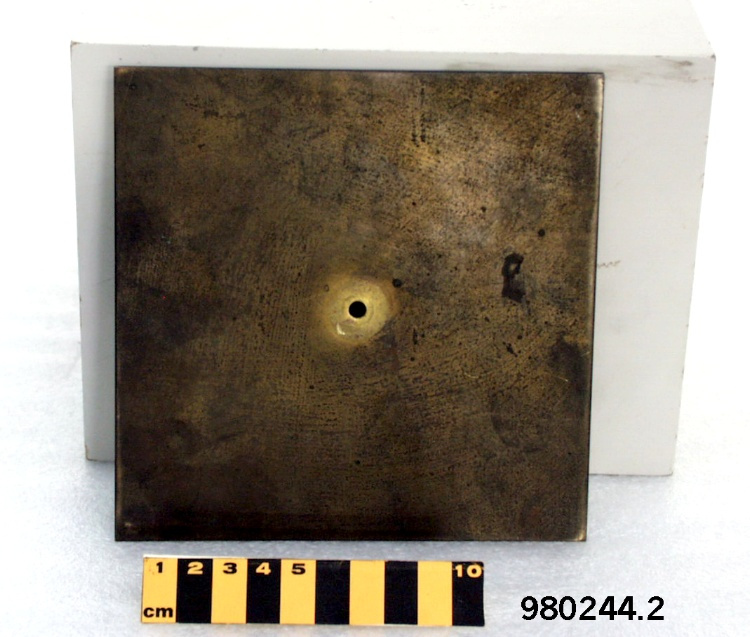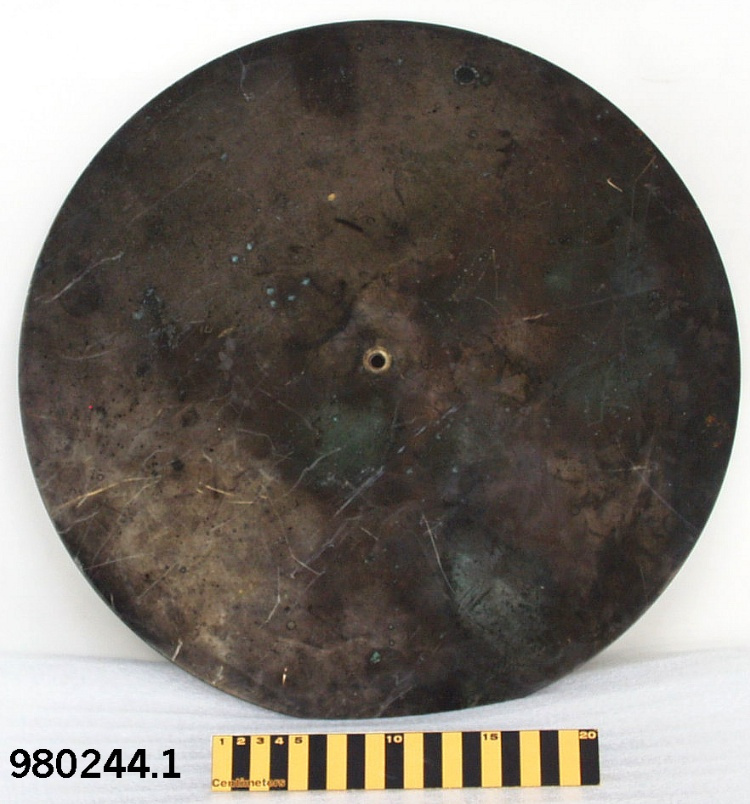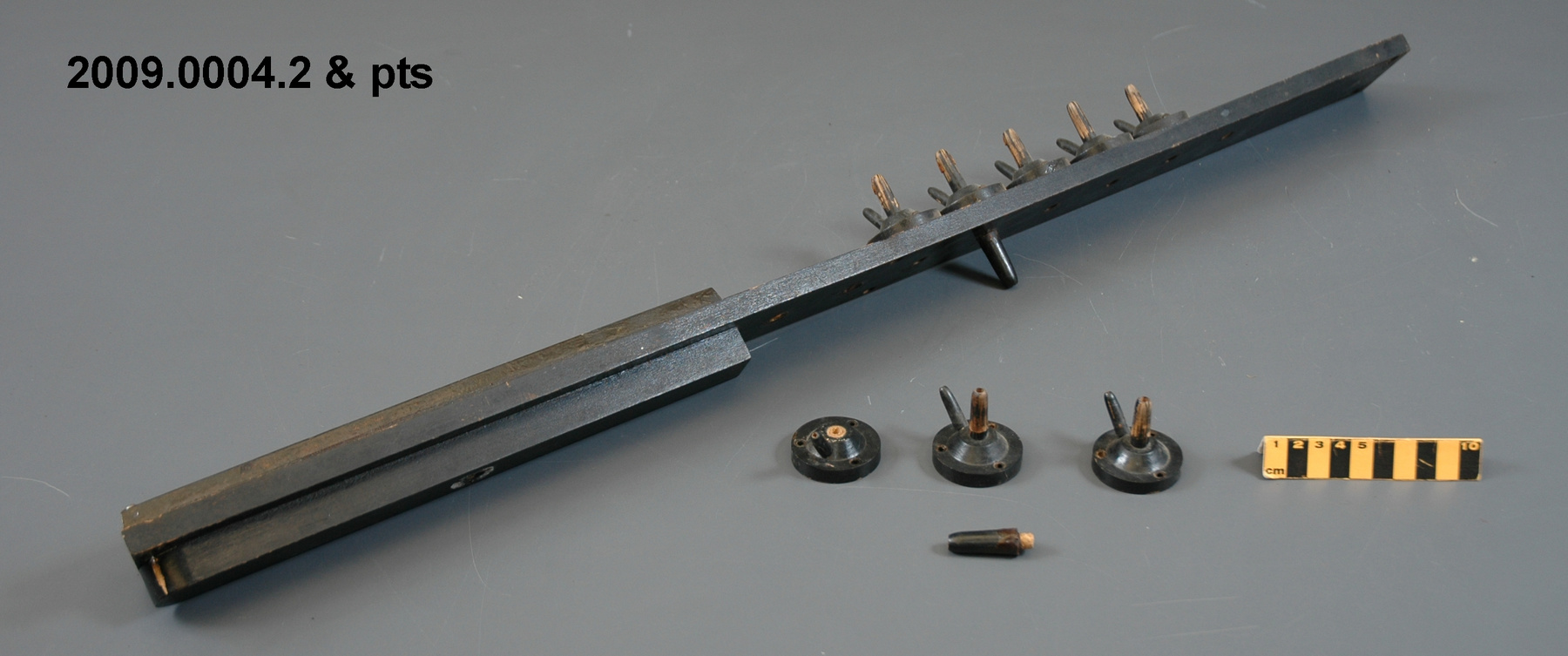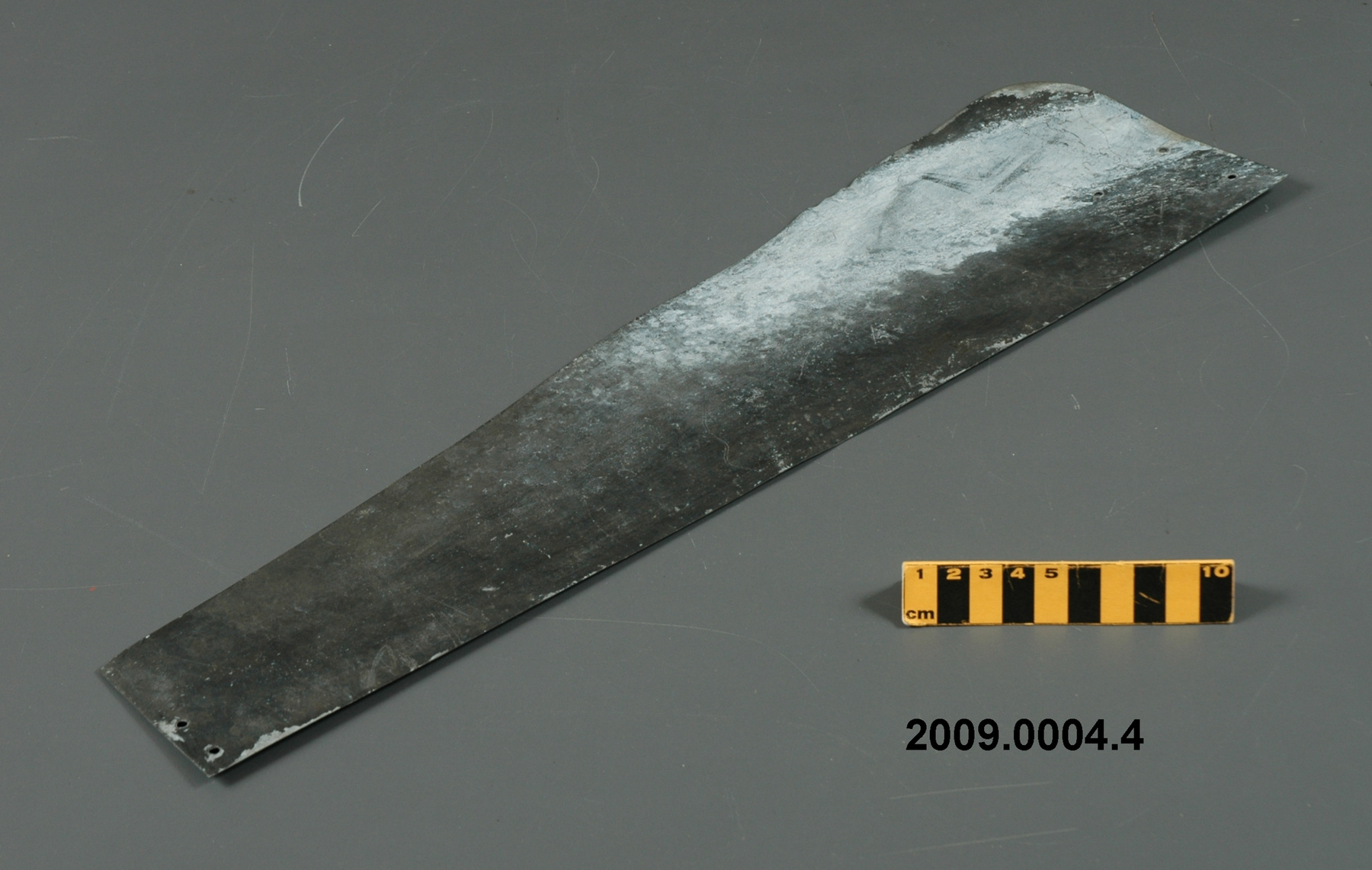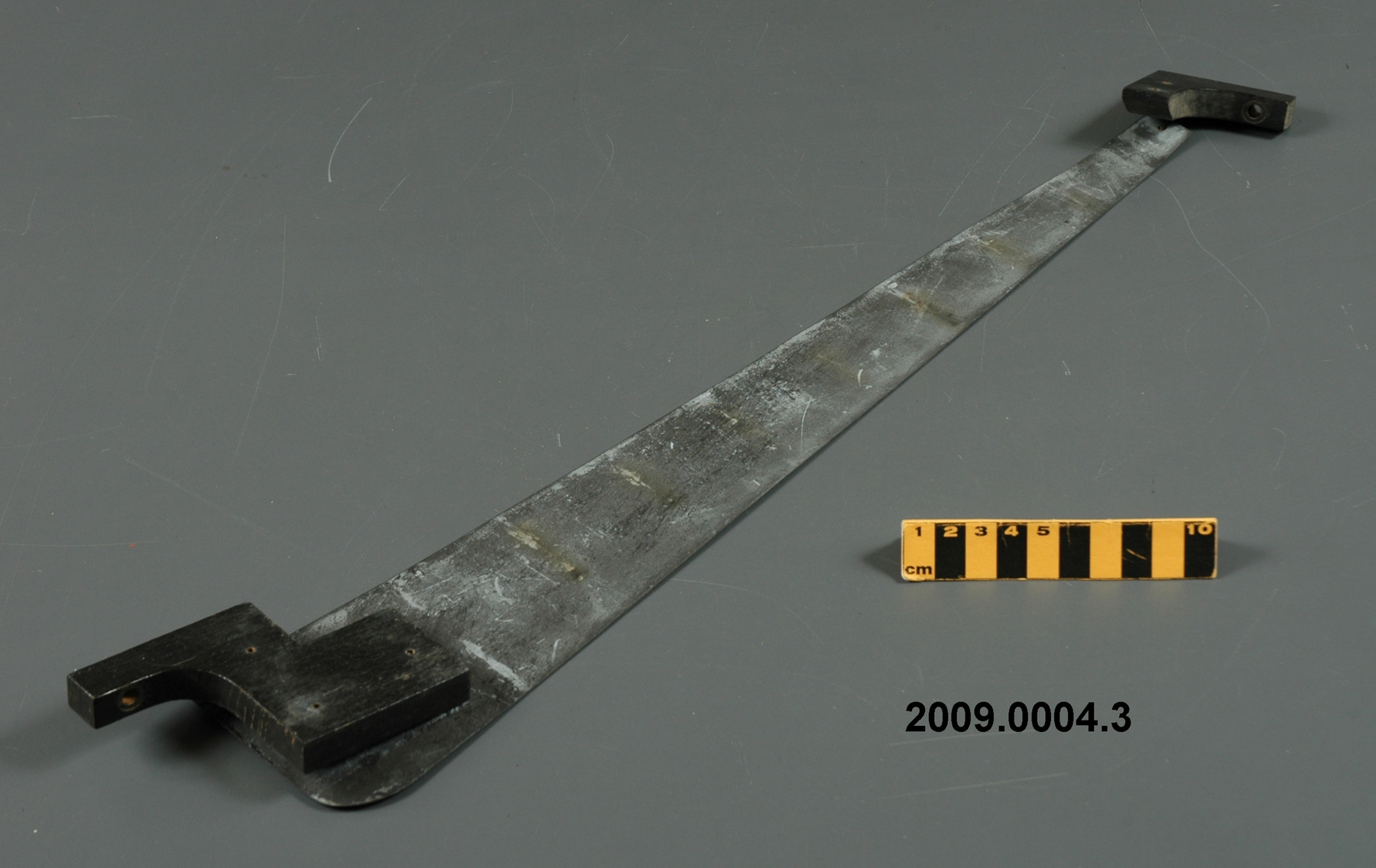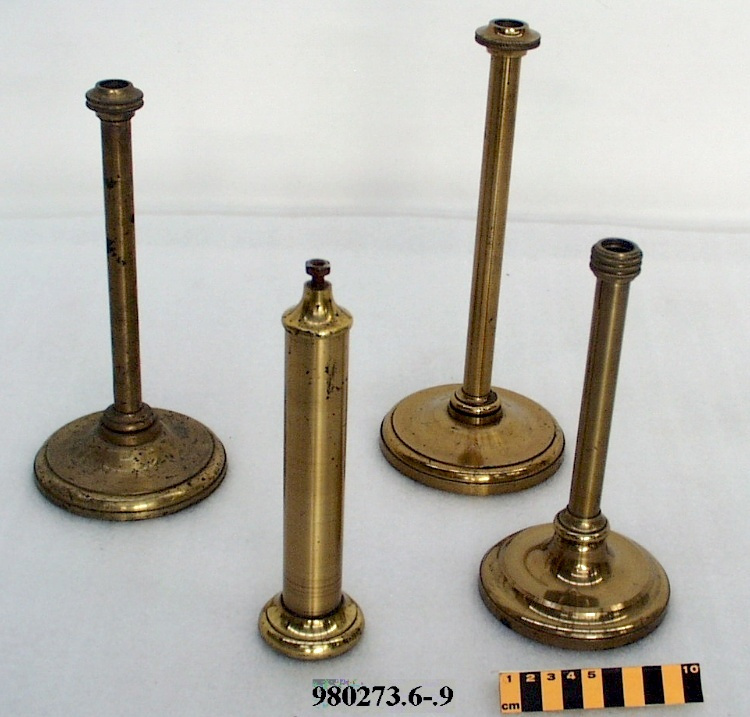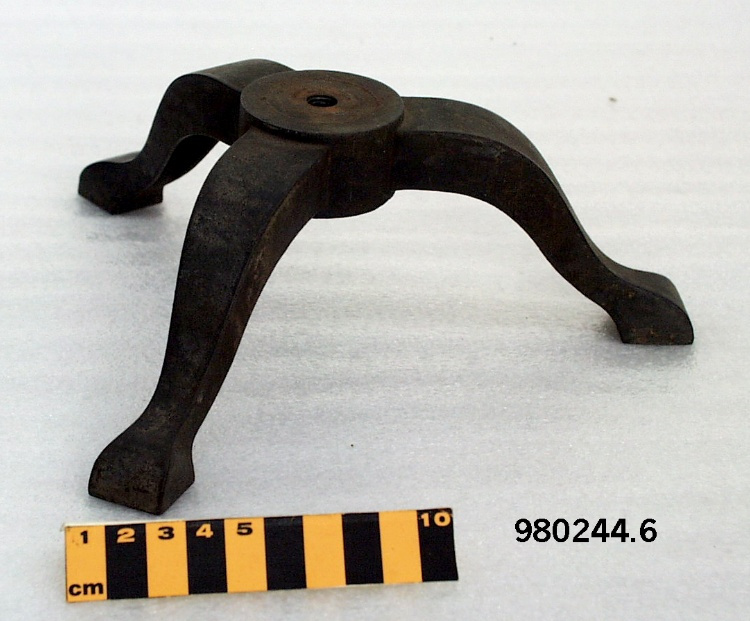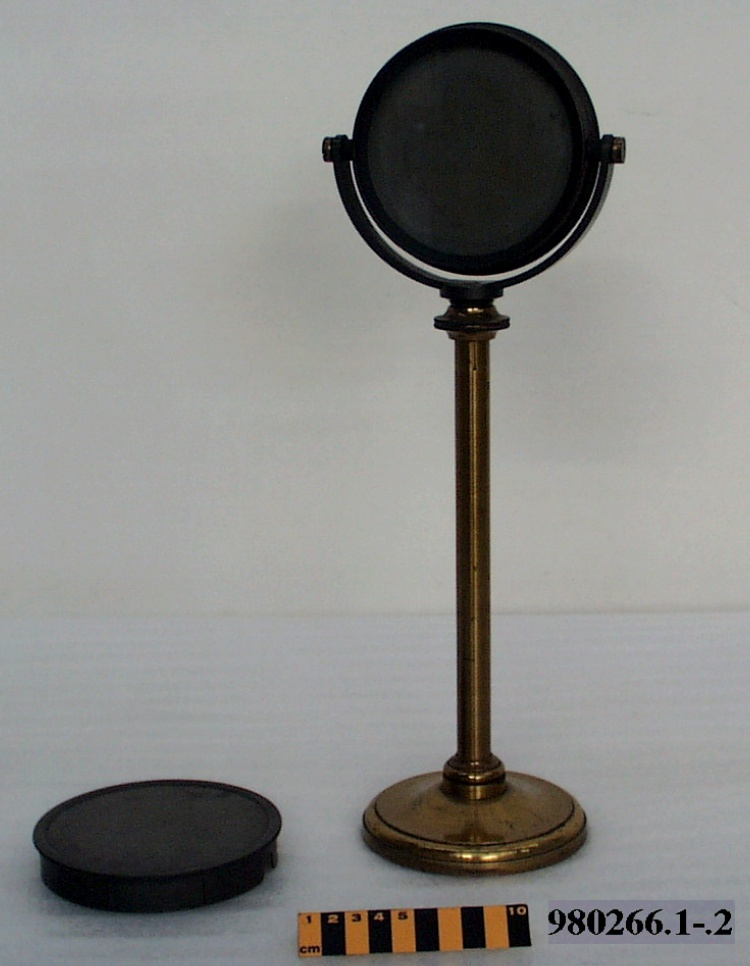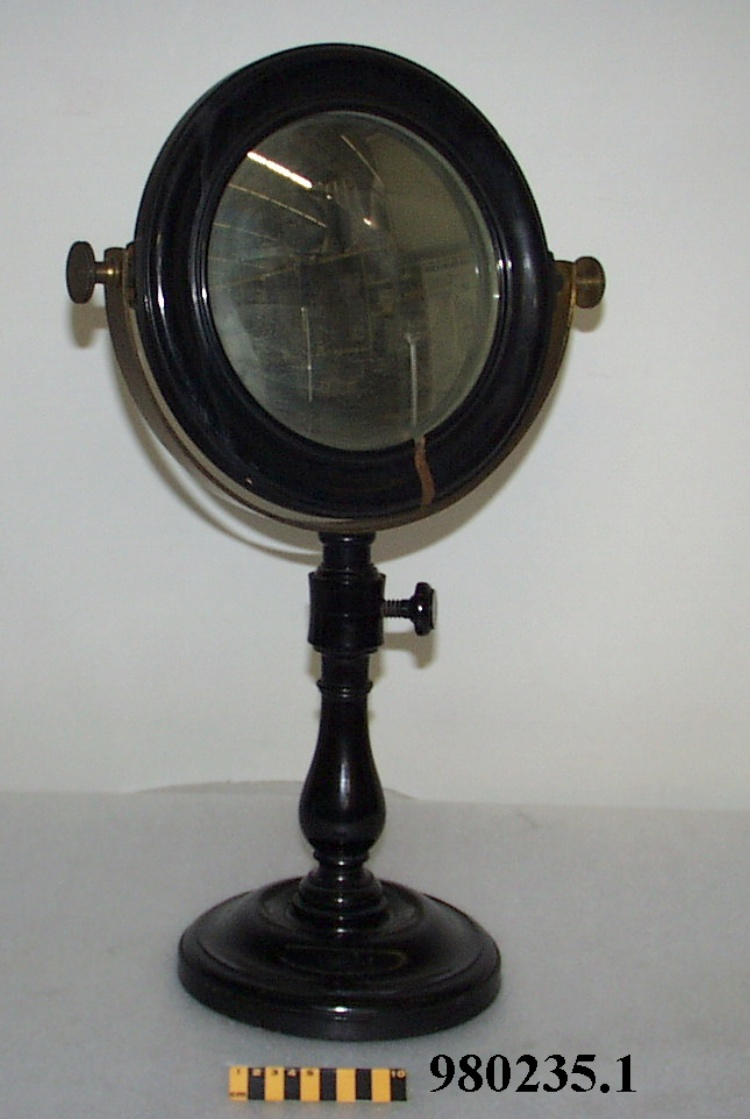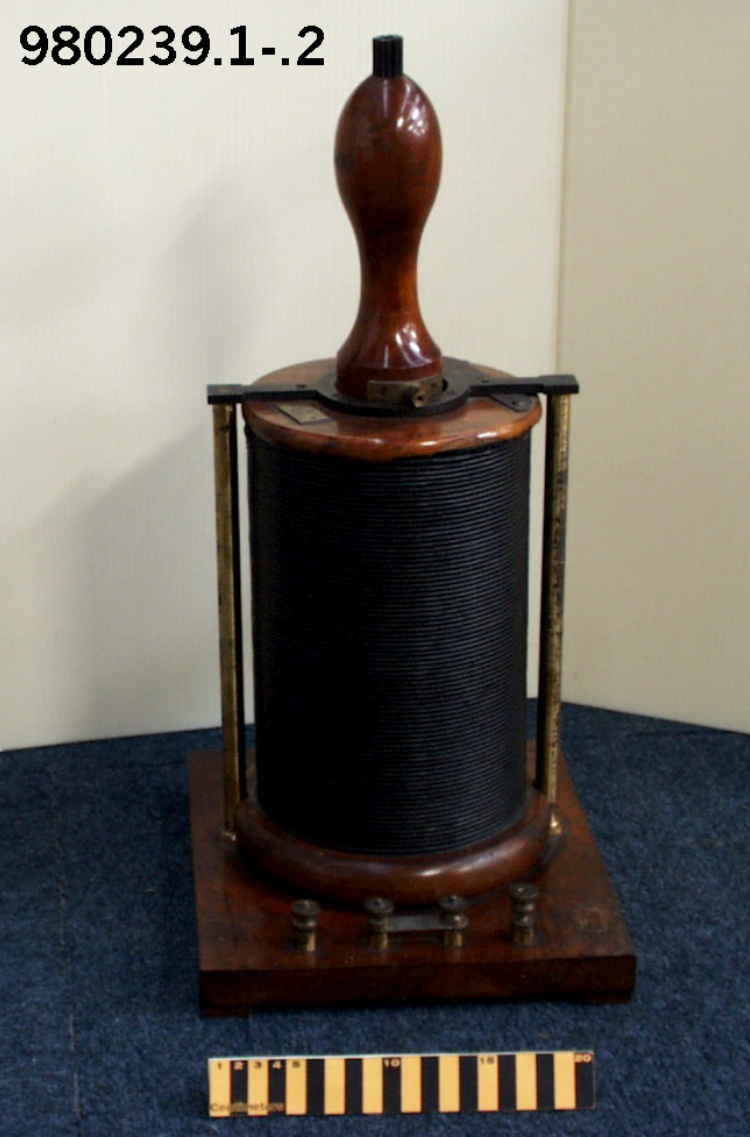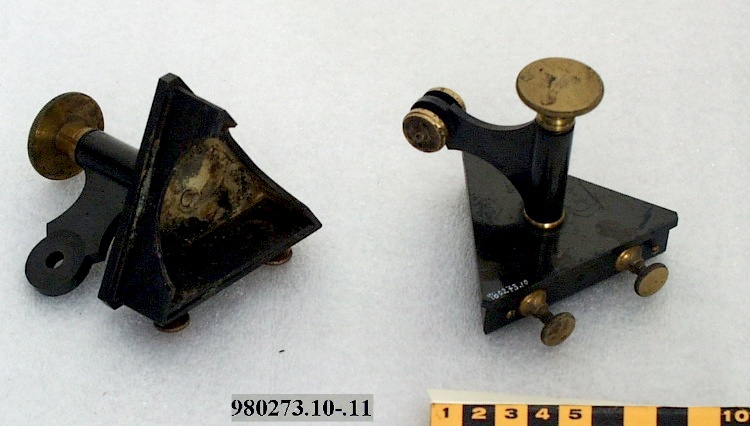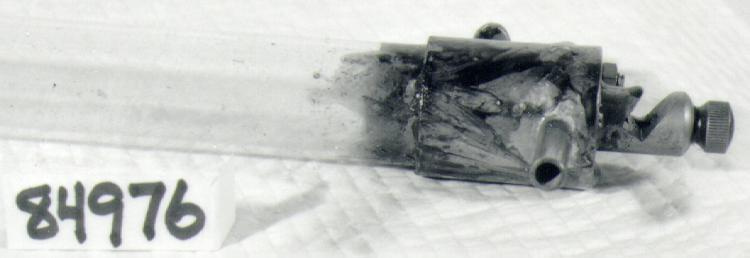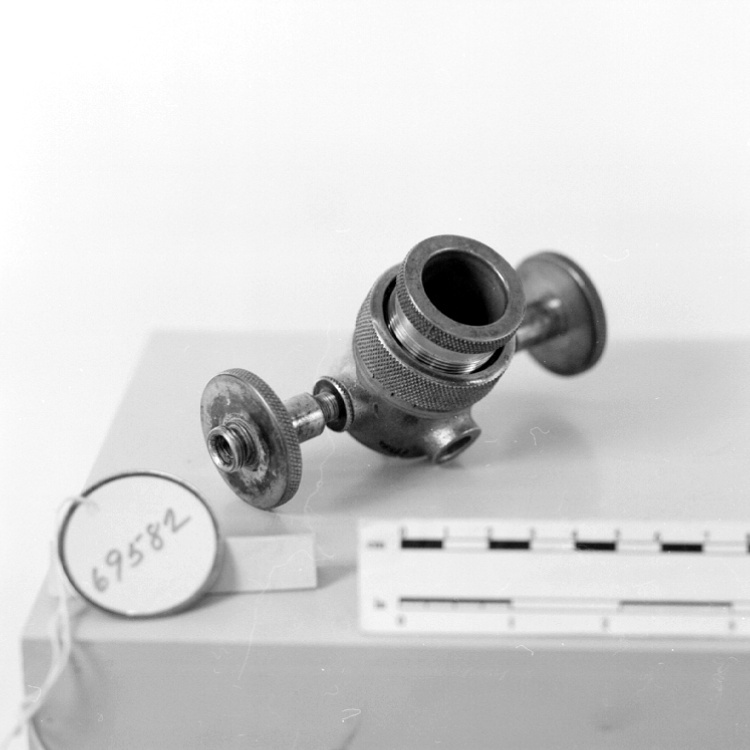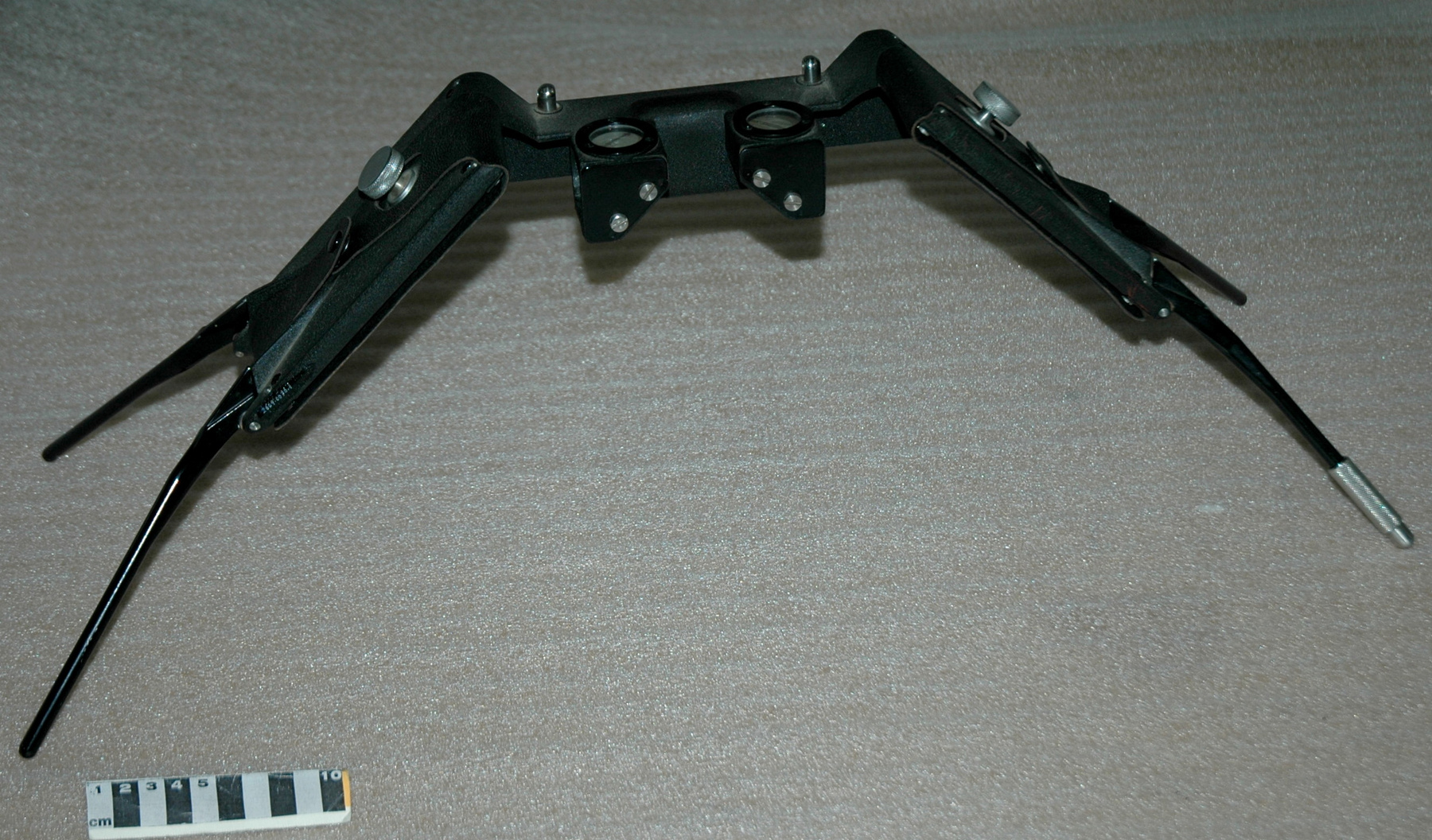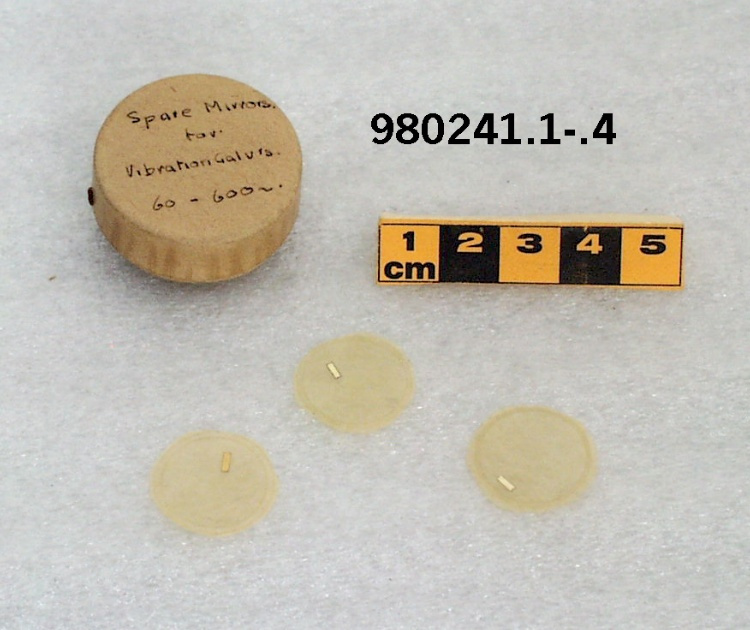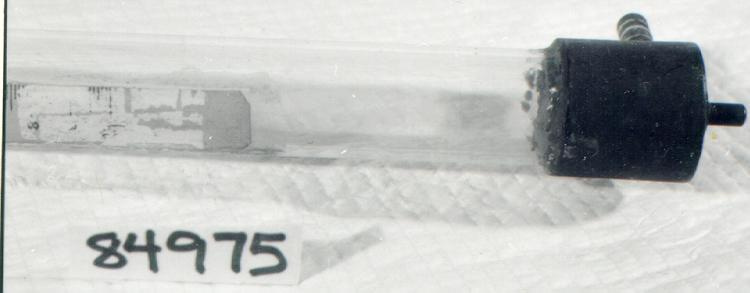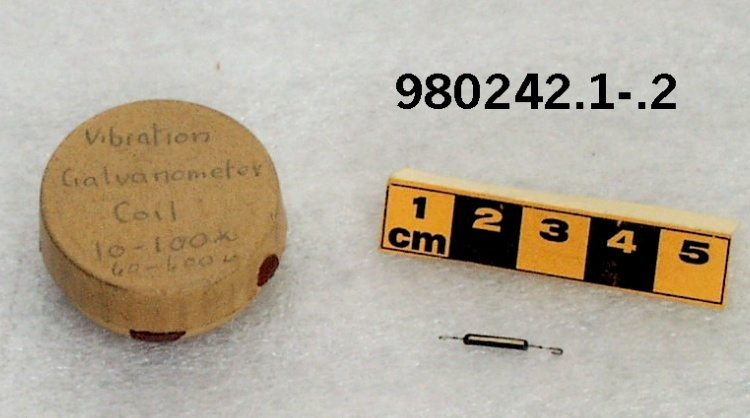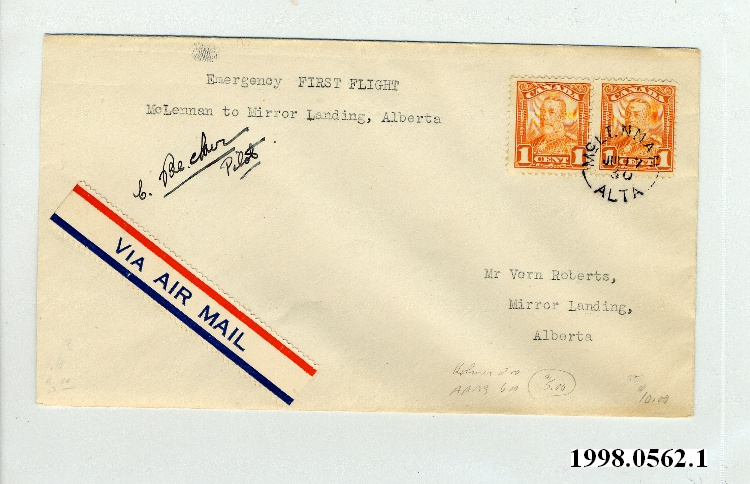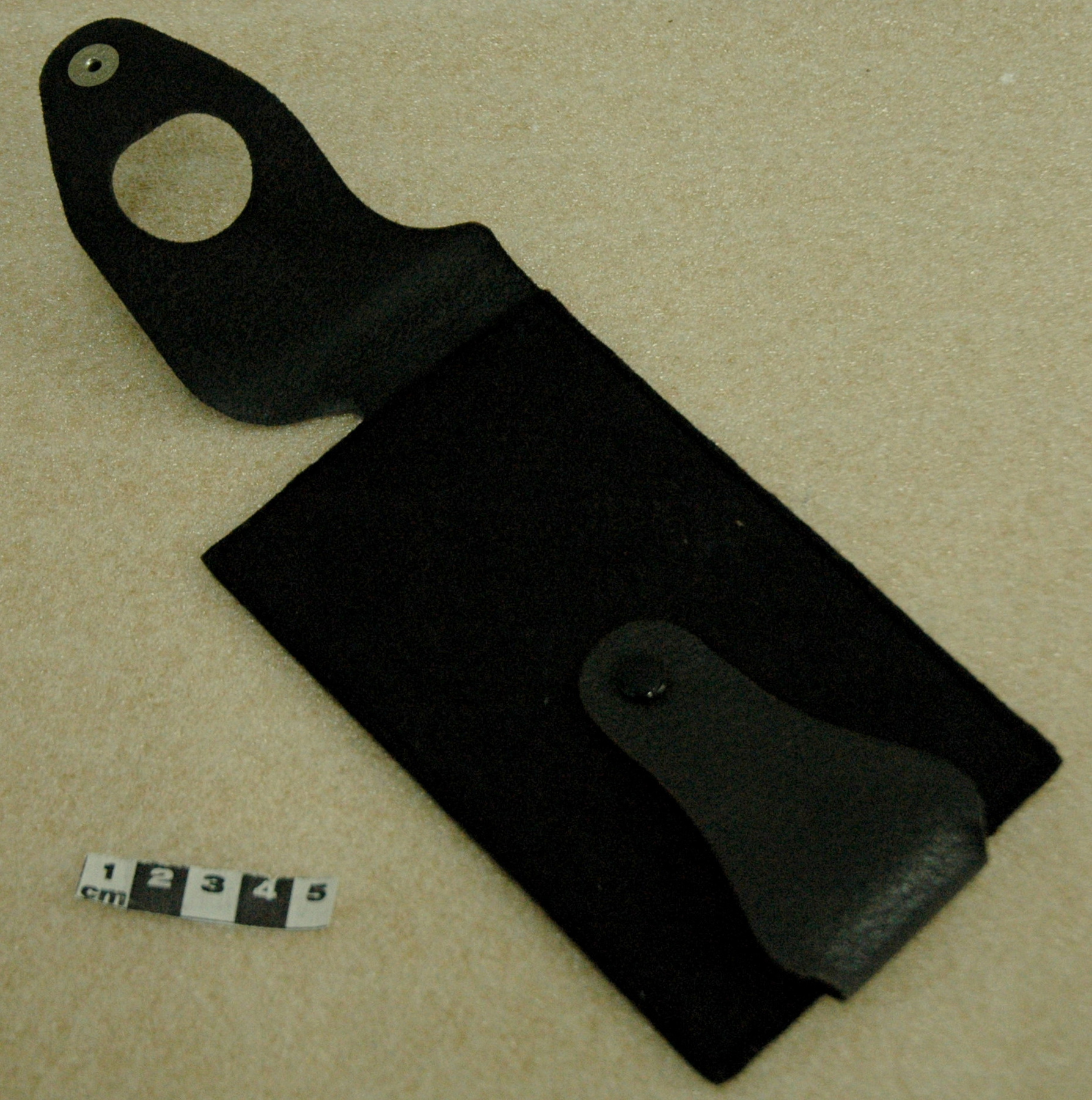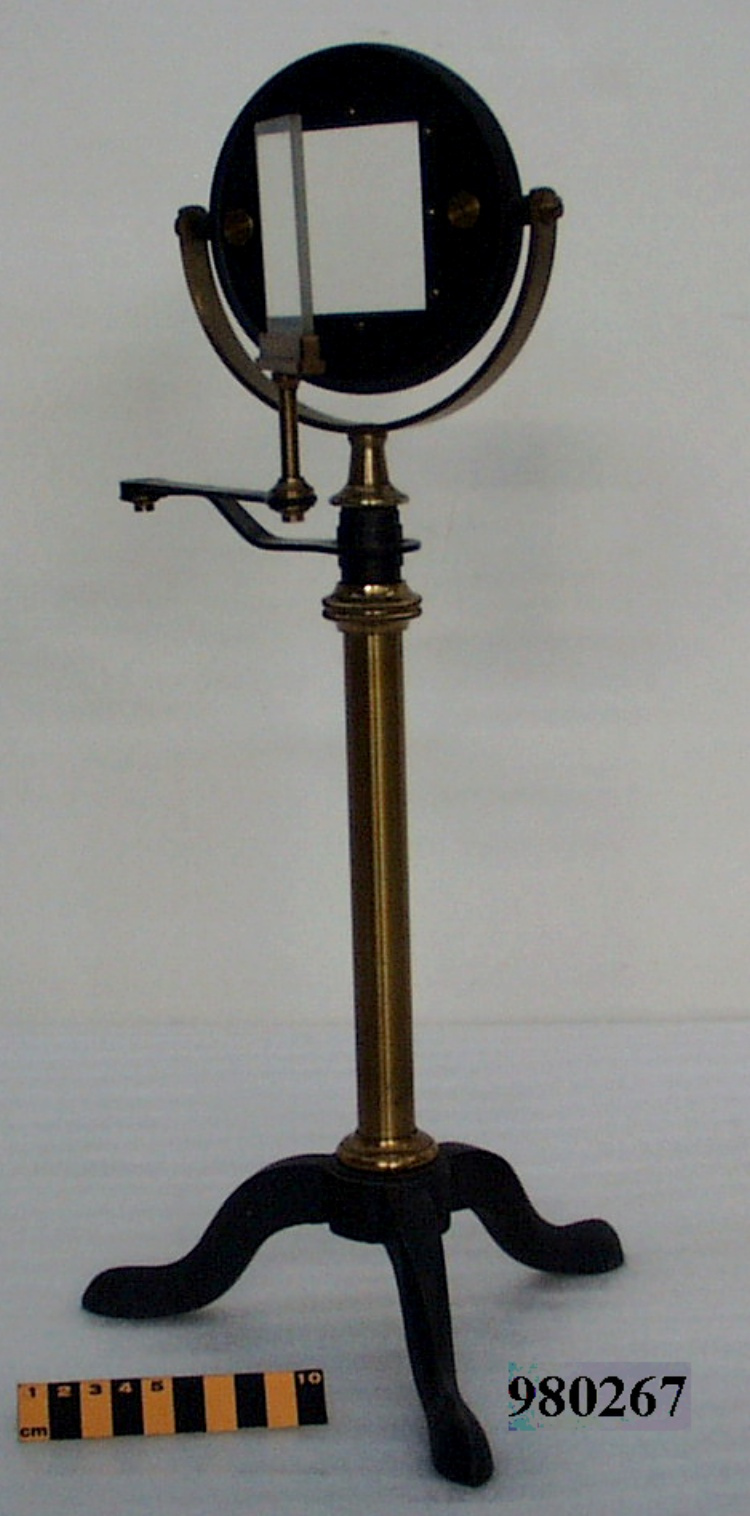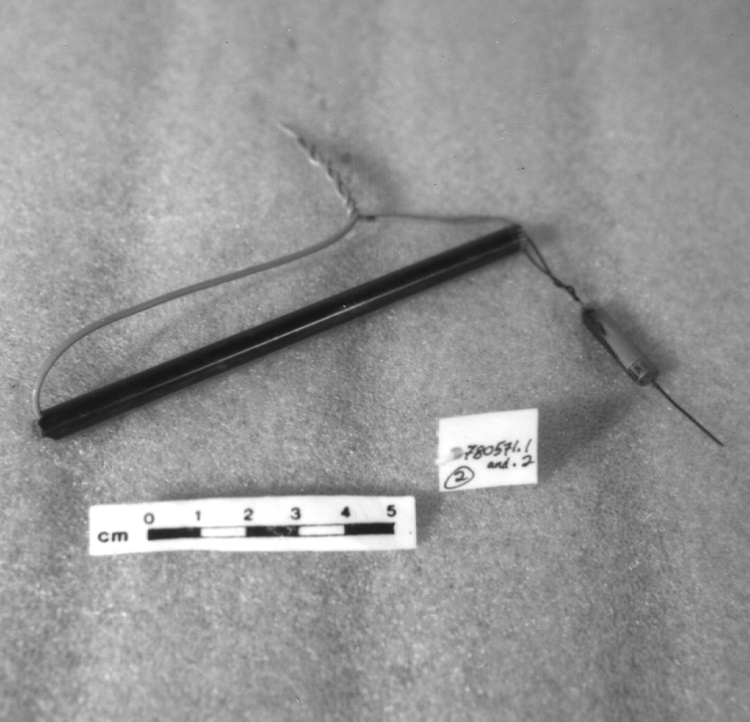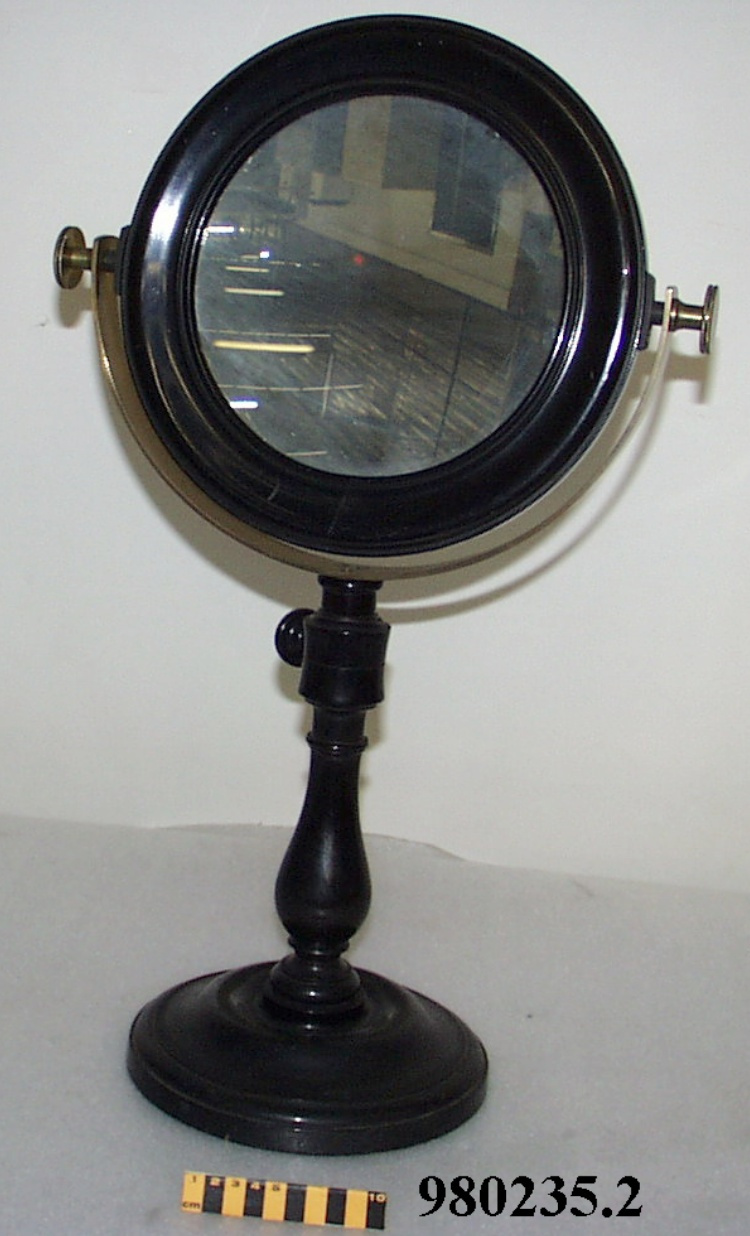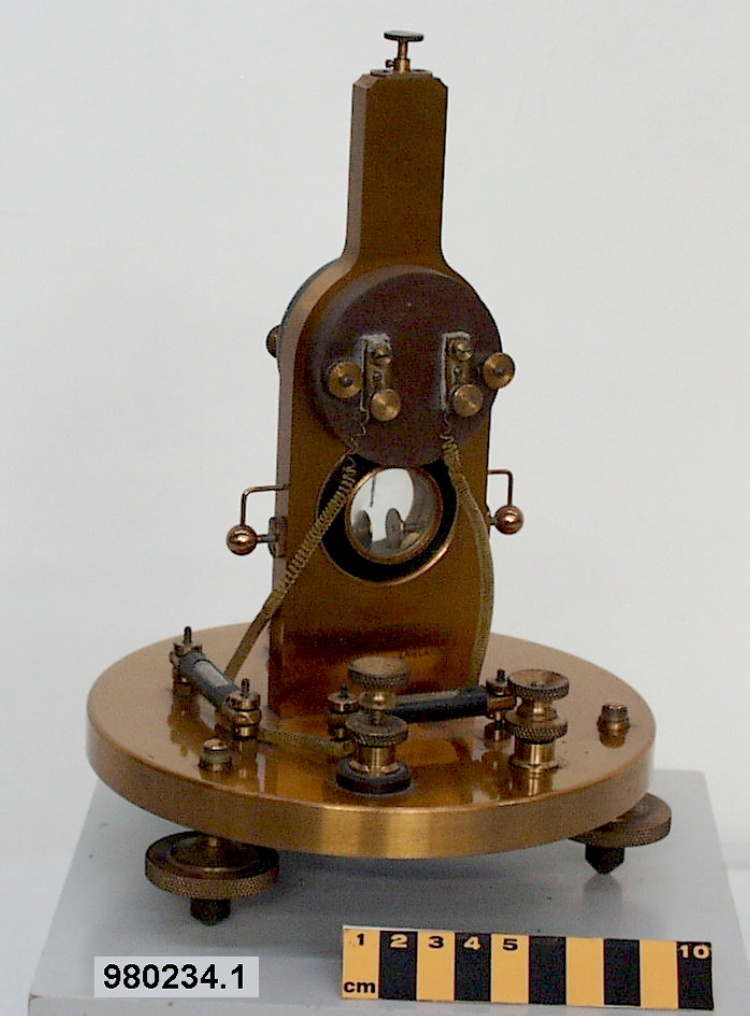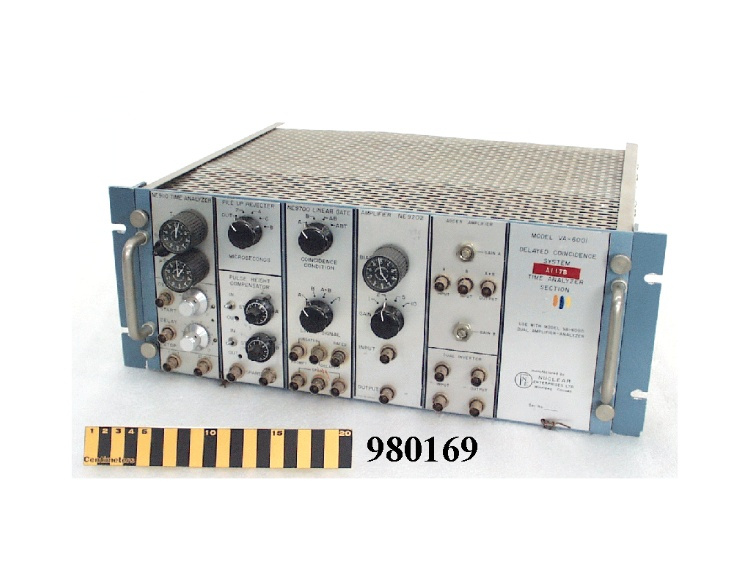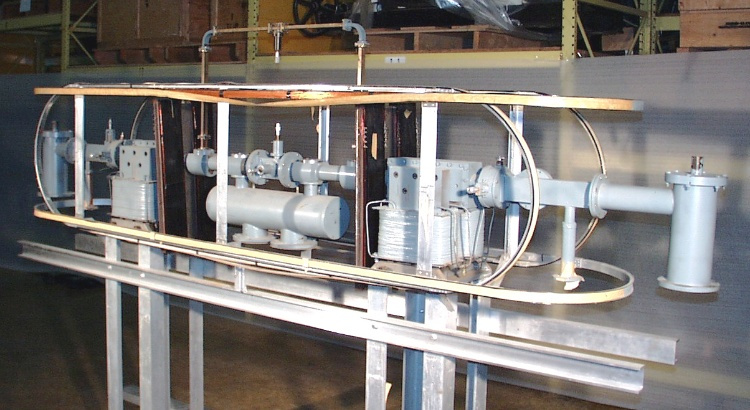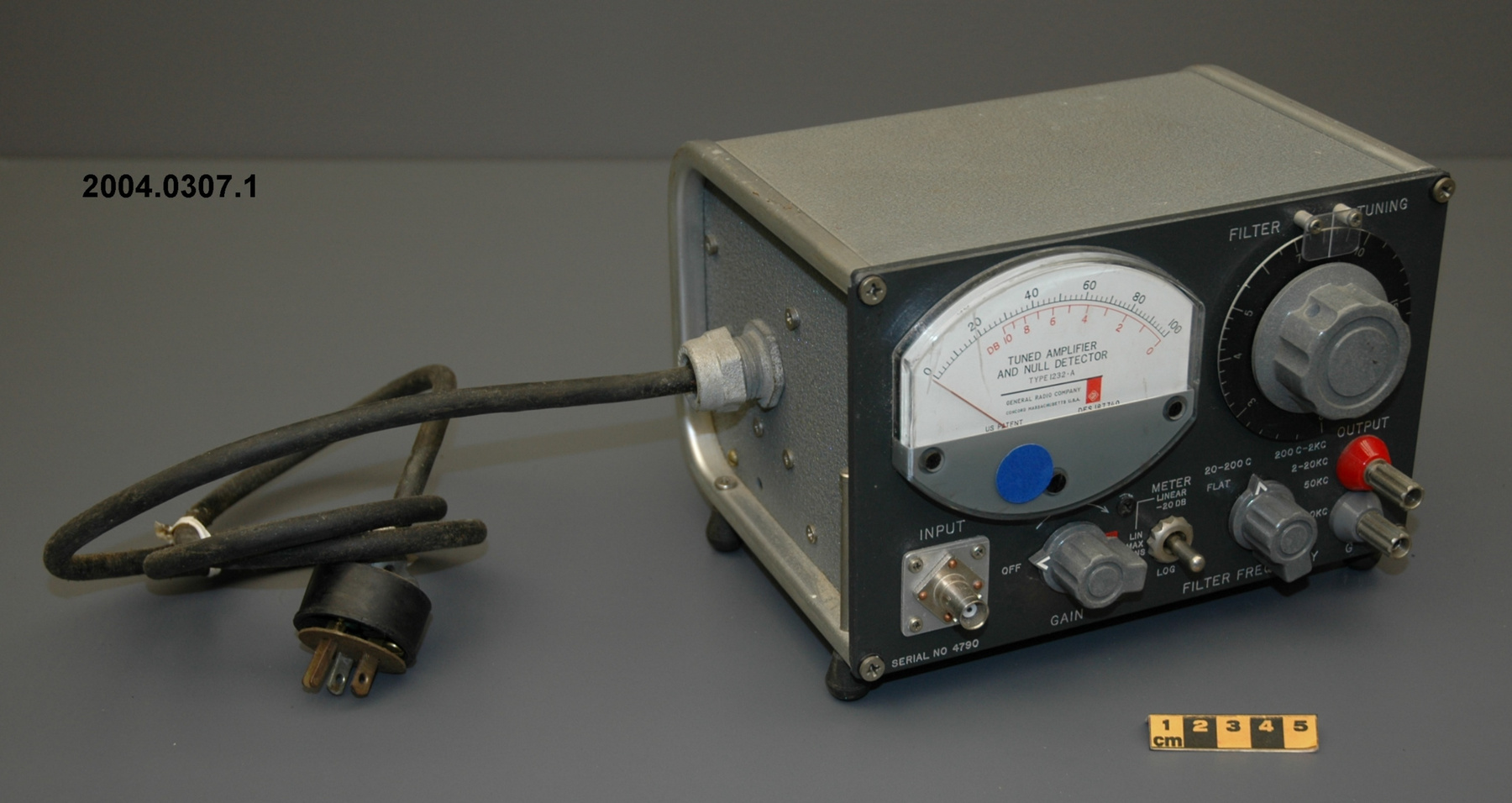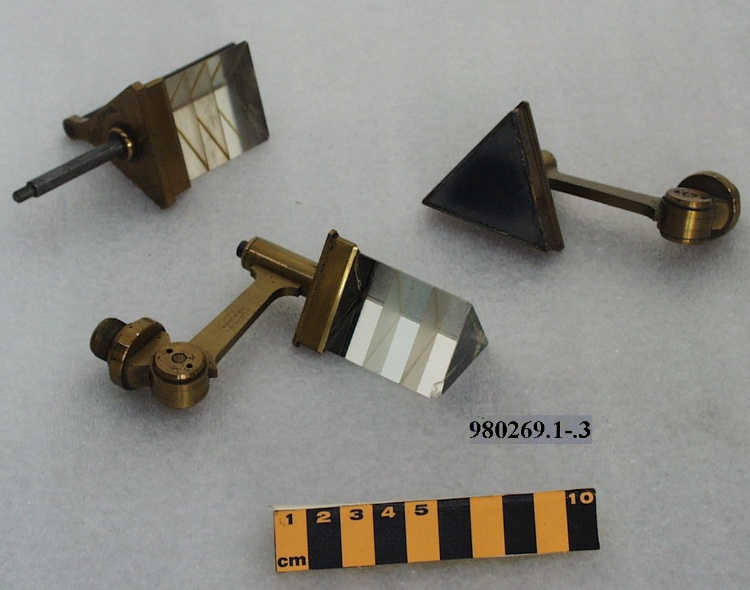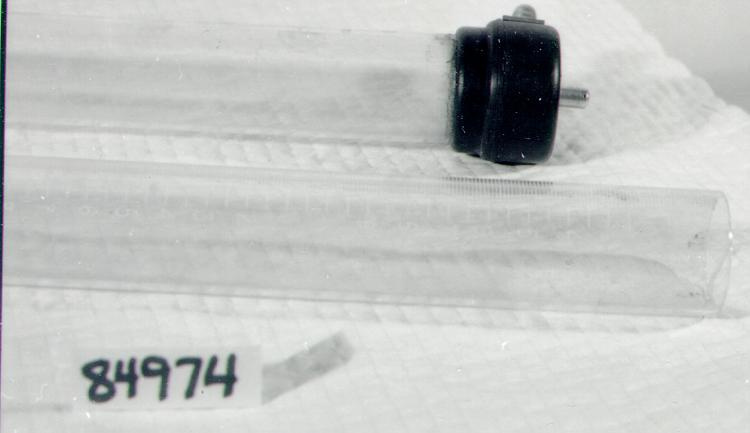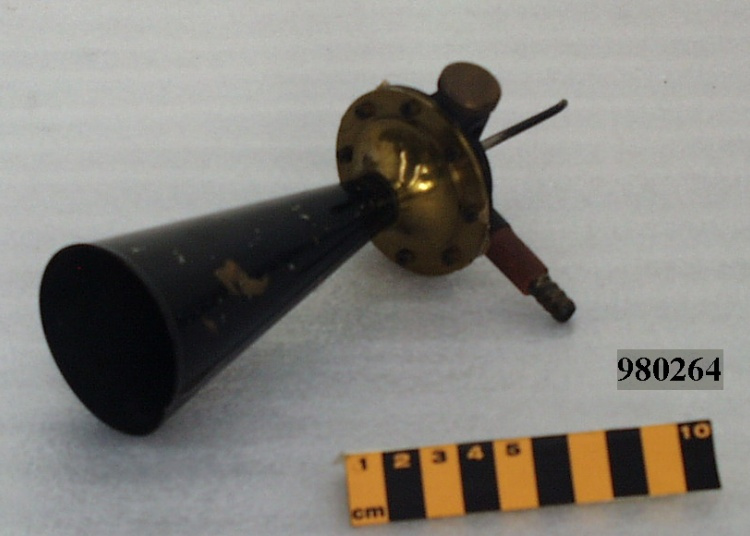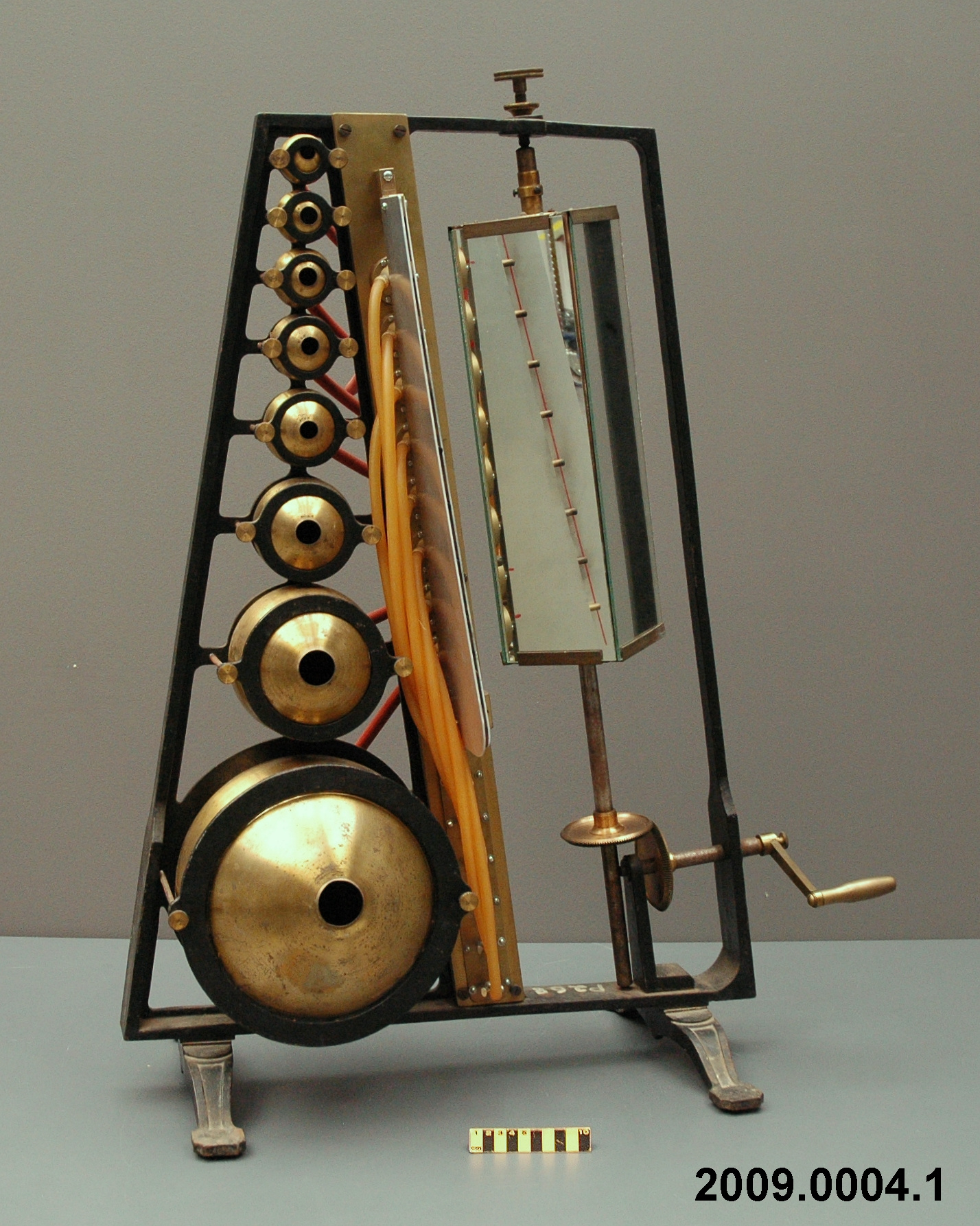Analyseur acoustique
Utiliser cette image
Puis-je réutiliser cette image sans autorisation? Oui
Les images sur le portail de la collection d’Ingenium ont la licence Creative Commons suivante :
Copyright Ingenium / CC BY-NC-ND (Attribution-NonCommercial 4.0 International (CC BY-NC 4.0)
ATTRIBUER CETTE IMAGE
Ingenium,
2009.0004.001
Permalien:
Ingenium diffuse cette image sous le cadre de licence Creative Commons et encourage son téléchargement et sa réutilisation à des fins non commerciales. Veuillez mentionner Ingenium et citer le numéro de l’artefact.
TÉLÉCHARGER L’IMAGEACHETER CETTE IMAGE
Cette image peut être utilisée gratuitement pour des fins non commerciales.
Pour un usage commercial, veuillez consulter nos frais de reproduction et communiquer avec nous pour acheter l’image.
- TYPE D’OBJET
- Fourier
- DATE
- 1889
- NUMÉRO DE L’ARTEFACT
- 2009.0004.001
- FABRICANT
- Koenig, Rudolph
- MODÈLE
- Inconnu
- EMPLACEMENT
- Paris, France
Plus d’information
Renseignements généraux
- Nº de série
- S/O
- Nº de partie
- 1
- Nombre total de parties
- 5
- Ou
- S/O
- Brevets
- S/O
- Description générale
- ferrous metal frame/ non-ferrous metal components/ glass mirrors/ rubber? hoses
Dimensions
Remarque : Cette information reflète la taille générale pour l’entreposage et ne représente pas nécessairement les véritables dimensions de l’objet.
- Longueur
- 70,0 cm
- Largeur
- 35,0 cm
- Hauteur
- 91,5 cm
- Épaisseur
- S/O
- Poids
- S/O
- Diamètre
- S/O
- Volume
- S/O
Lexique
- Groupe
- Physique
- Catégorie
- Acoustique
- Sous-catégorie
- S/O
Fabricant
- Ou
- Koenig
- Pays
- France
- État/province
- Inconnu
- Ville
- Paris
Contexte
- Pays
- Canada
- État/province
- Ontario
- Période
- Inconnu
- Canada
-
A piece of French made equipment from the original laboratories of one of Canada's premier research schools. These apparatus derive from the earliest days of physics teaching at Western University in London (1920s). In the late nineteenth century, Canadian scientists such as J.C. McLennan (Canada's first PhD in physics in 1900, U of T) learned the basics of physics using these apparatus. The maker, Rudolph Koenig, was influential in helping Prof. James Loudon establish the first teaching laboratory in Canada in the 1870s and 80s, which was emulated at other schools such as Queen's, Western and McGill. These particular apparatus were probably obtained c. 1920 by Raymond Compton Dearle, who had done a PhD at the University of Toronto under J.C. McLennan. The French connection is also significant. In the late nineteenth century, every college and university in Canada and the United States bought instruments from Paris. They were deemed an essential part of early research and teaching. In the early 1870s, shortly after arriving in Boston, Alexander Bell used the Koenig instruments at MIT for his research on visible speech. He was particularly impressed with the manometric flame instruments and went out of his way to meet Koenig at the 1876 Exhibition in Philadelphia. - Fonction
-
A device used to visually display by means of vibrating flames the basic frequencies (elements) of a complex sound (mechanical Fourier analysis) - Technique
-
The Koenig analyser represents the earliest generation of optically based acoustical instruments. This is one of numerous devices constructed by Koenig which make use of the manometric flame. In this instrument eight adjustable Helmholtz resonators are tuned to the fundamental frequency of the sound to be analysed, plus its harmonics. The Helmoltz resonators are each connected by rubber tubes to a flexible diaphram which modulates the flow of gas to a flame. The fluctuations in air pressure in the resonator thus result in corresponding fluctuations in the gas flow and hence in the height of the flame. A four-sided mirror can be rotated by a crank, allowing the observer to see the rapid fluctuations in the flame height. Each resonator responds to a different frequency range, and since the fluctuations of all eight flames can be seen simultaneously, the observer is able to get a qualitative idea of the spectrum of the sound impinging on the resonators (Ref 1). This instrument is essentially a Fourier analyser, in which the adjustable Helmholtz resonators are tuned to the fundamental frequency of the sound to be analysed, plus its harmonics. The holes on the other side of the resonators are connected by rubber tubes to manometric flame capsules, and the variation in the height of the flames observed in the rotating mirror. The variation is proportional to the strength of the Fourier component of the sound (Ref. 2). Acoustical demonstrations were an enormously popular part of basic science and physics education during the nineteenth century. They were the foundation of fundamental studies in physics, musicology and psychology. Teaching laboratories and conservatories across Europe and North America had large acoustical collections for demonstrating and experimenting with sound phenomena; acoustical instruments were also used extensively for public lectures on "the science of musical sounds." In addition to basic science, physics and psychology, Koenig's acoustical instruments stimulated inventions related to the telephone and phonograph. Alexander Graham Bell used Koenig's manometric and graphical instruments to study "visible speech." Rudolph Koenig (1832-1901) was the most prolific and influential acoustical maker of the nineteenth century. He pioneered graphical and optical acoustics and perfected the making of tuning forks. He began work as a violin maker for J.B. Vuillaume and moved into the precision instrument trade in Paris during its height (1830-1880). His workshop on Quai d'Anjou, which was based on the master artisan model, was a popular meeting place in Paris for scientists, musicians, physicians and science agents. - Notes sur la région
-
Inconnu
Détails
- Marques
- Incised lettering on handle reads 'RUDOLPH KOENIG/ À PARIS'. Incised lettering on resonators reads from top to bottom 'UT 5 K', '7 K', SOL ? K', 'MI 4 K', 'UT 4 K', 'SOL 3 K', UT 3 K', 'UT 2 K'. White 'P268' painted on frame.
- Manque
- unknown
- Fini
- Glossy black painted frame and parts; gold coloured metal resonators, gears, handle components; silver mirror glass; plated burner panels; red and yellow hoses.
- Décoration
- S/O
FAIRE RÉFÉRENCE À CET OBJET
Si vous souhaitez publier de l’information sur cet objet de collection, veuillez indiquer ce qui suit :
Koenig, Rudolph, Analyseur acoustique, vers 1889, Numéro de l'artefact 2009.0004, Ingenium - Musées des sciences et de l'innovation du Canada, http://collection.ingeniumcanada.org/fr/id/2009.0004.001/
RÉTROACTION
Envoyer une question ou un commentaire sur cet artefact.
Plus comme ceci
